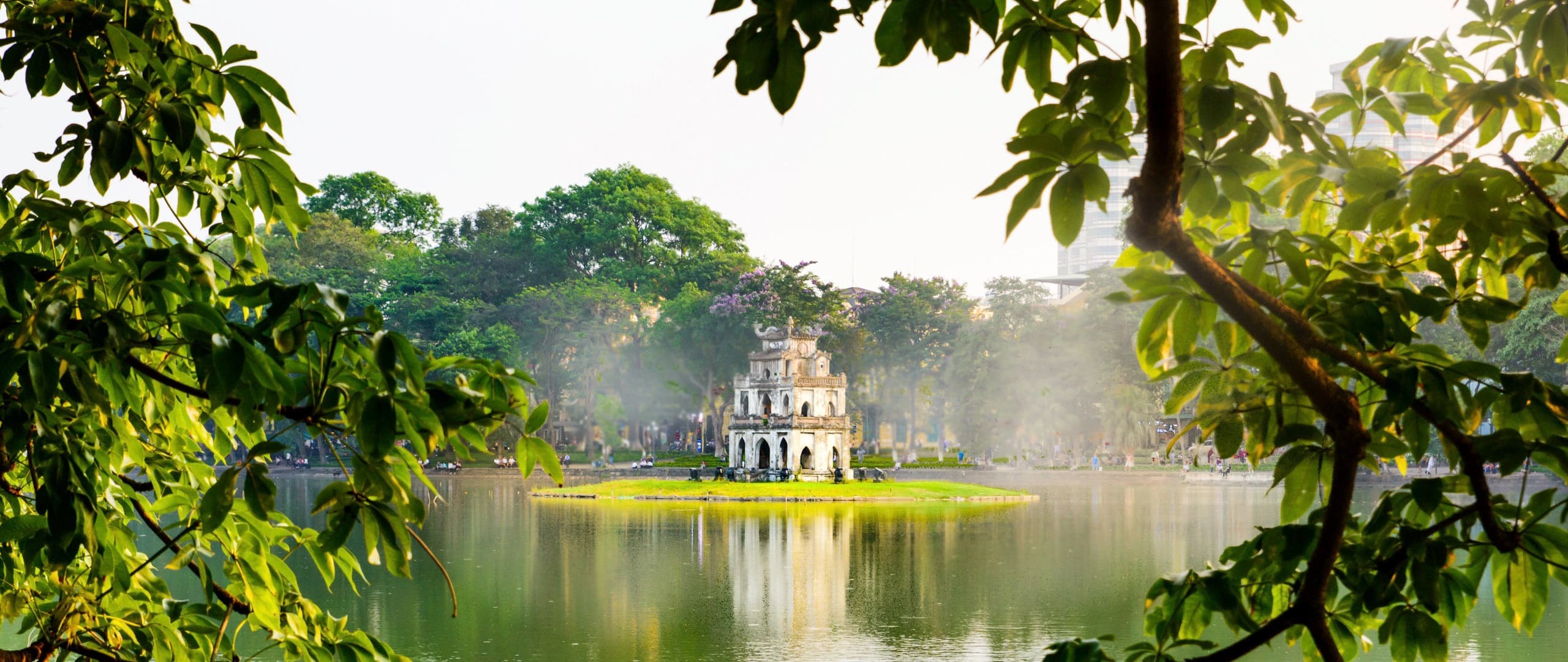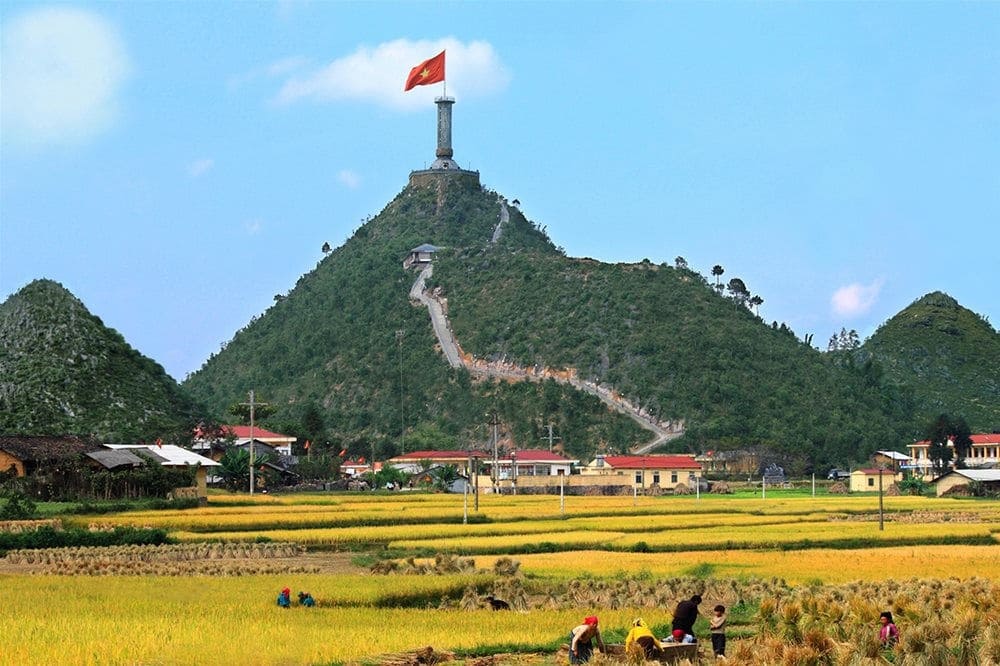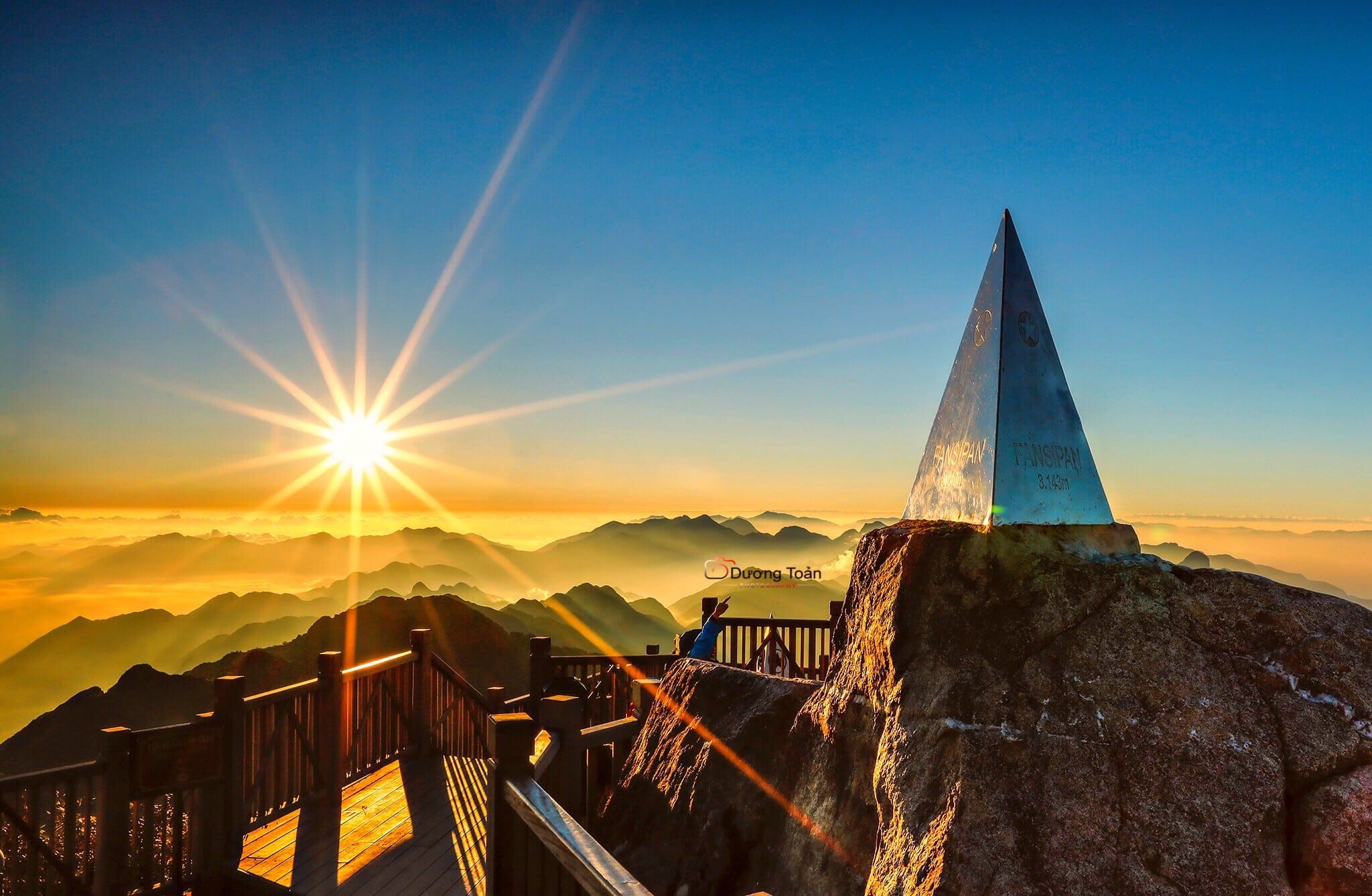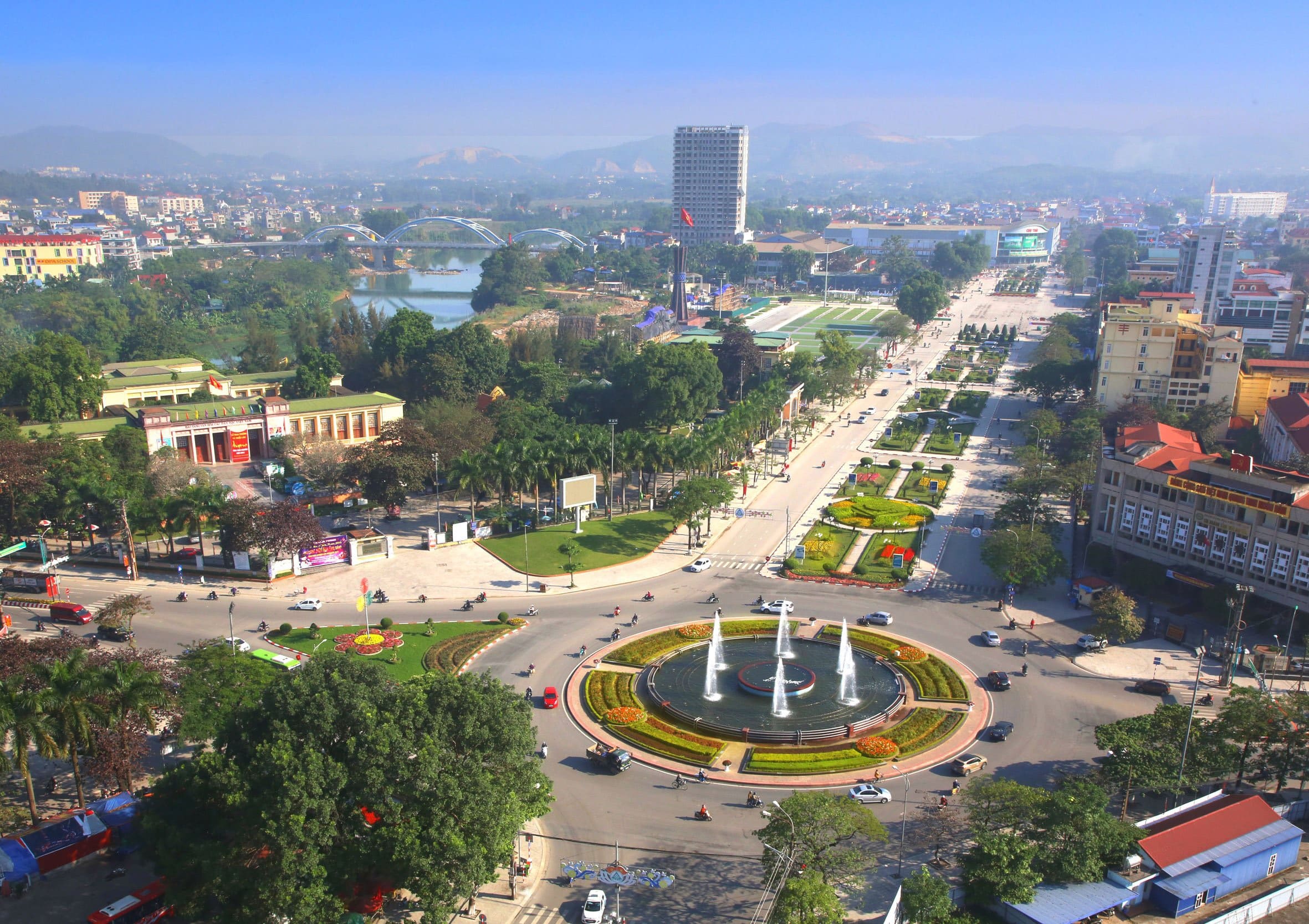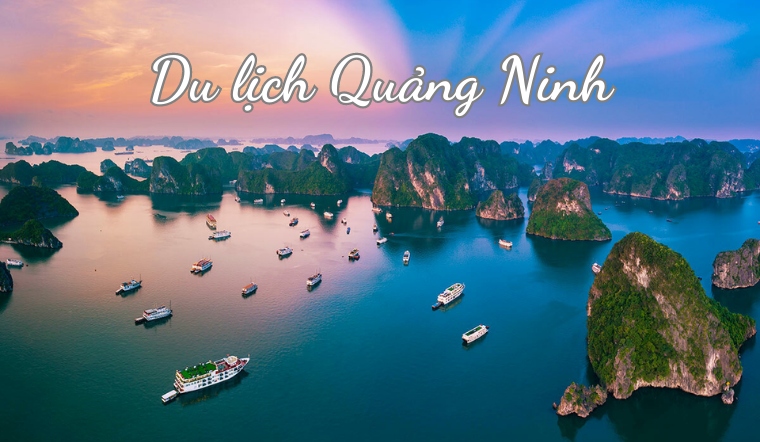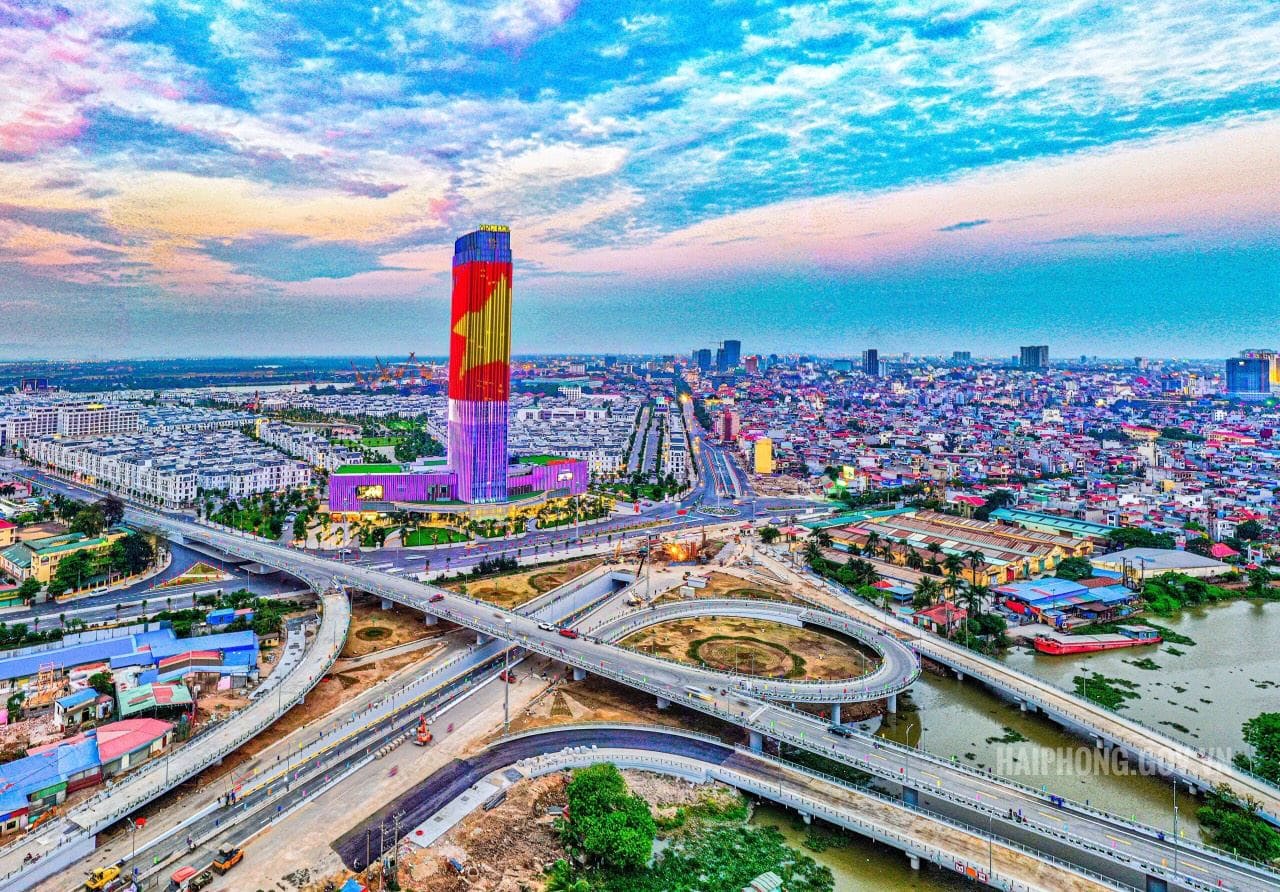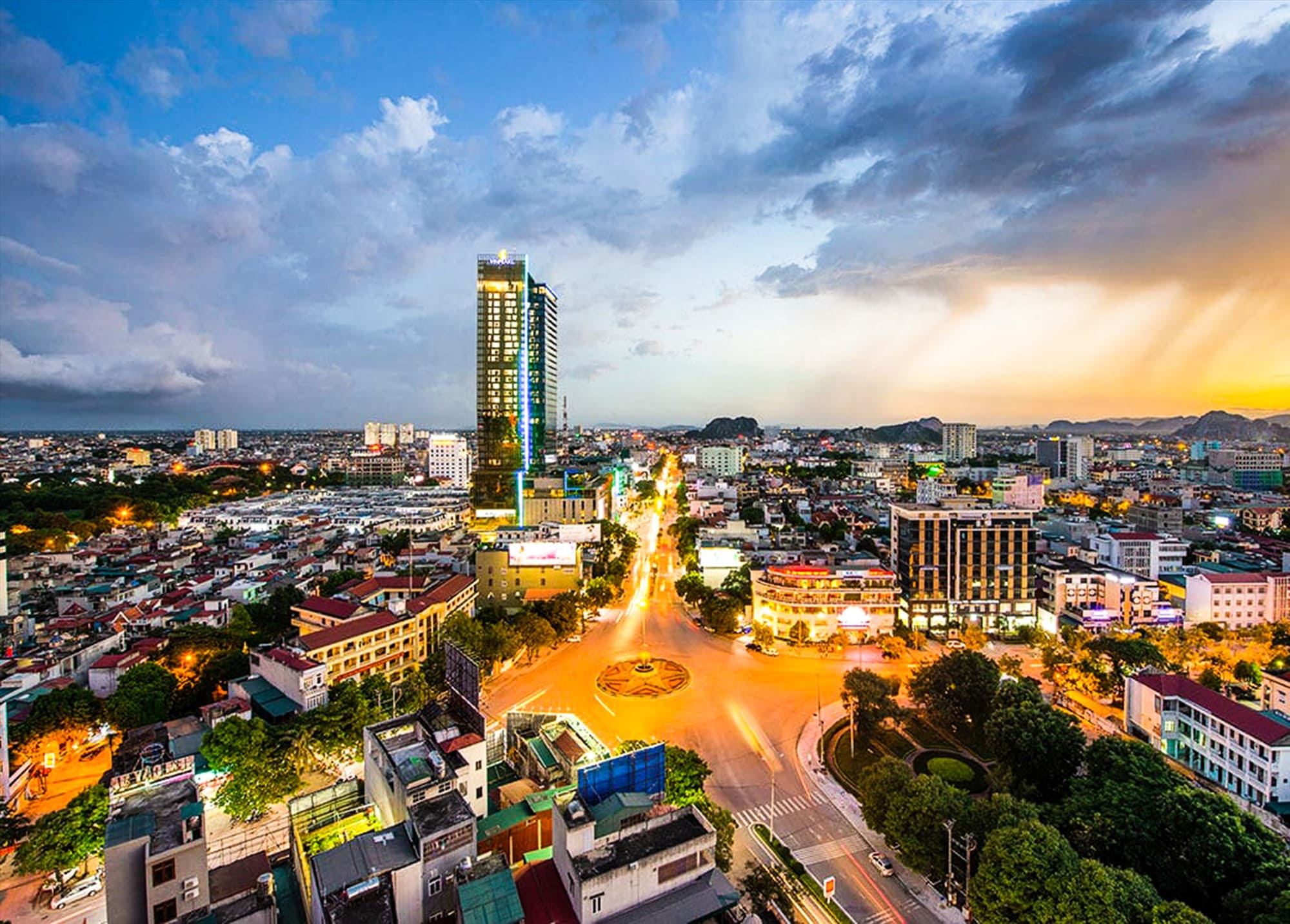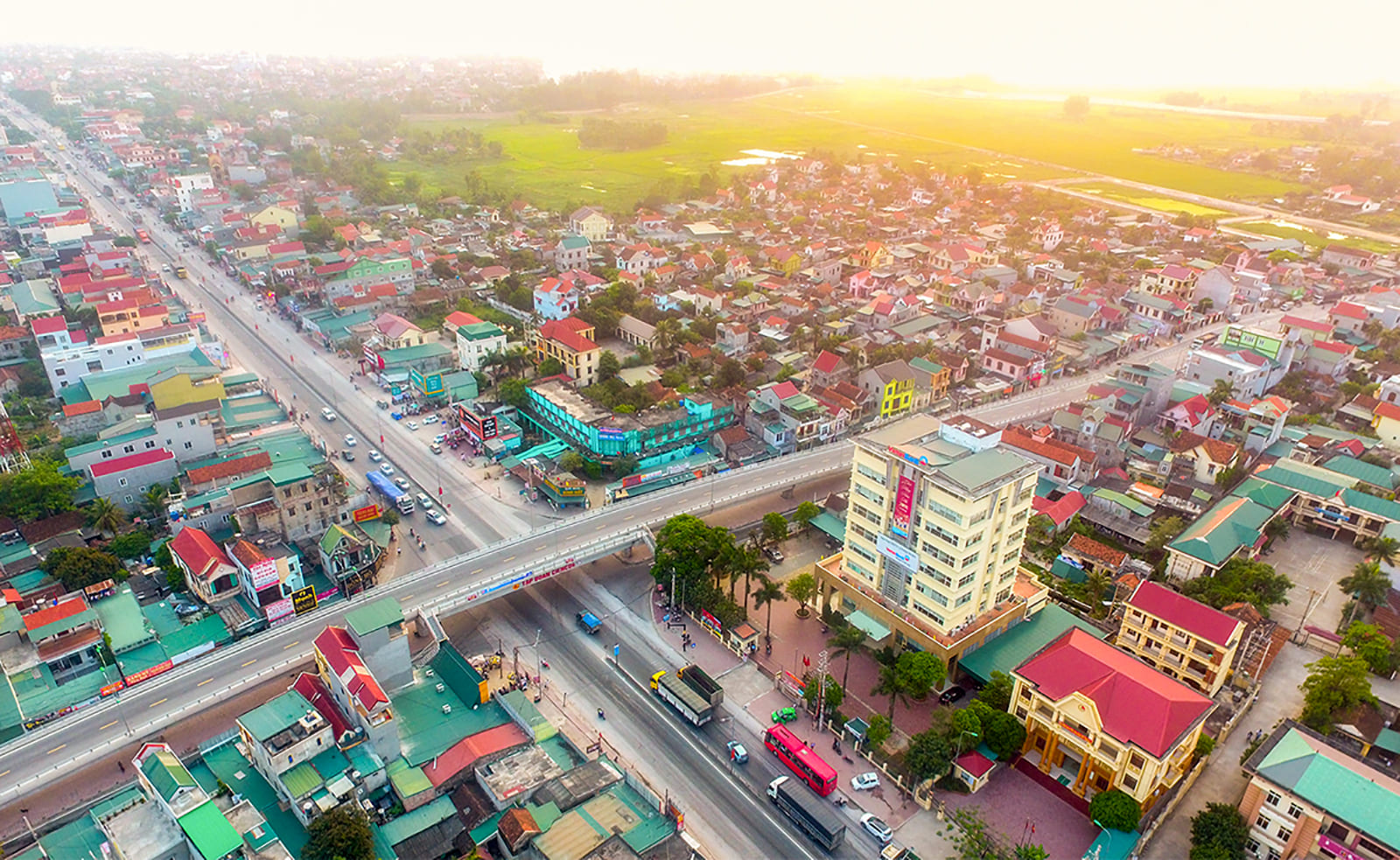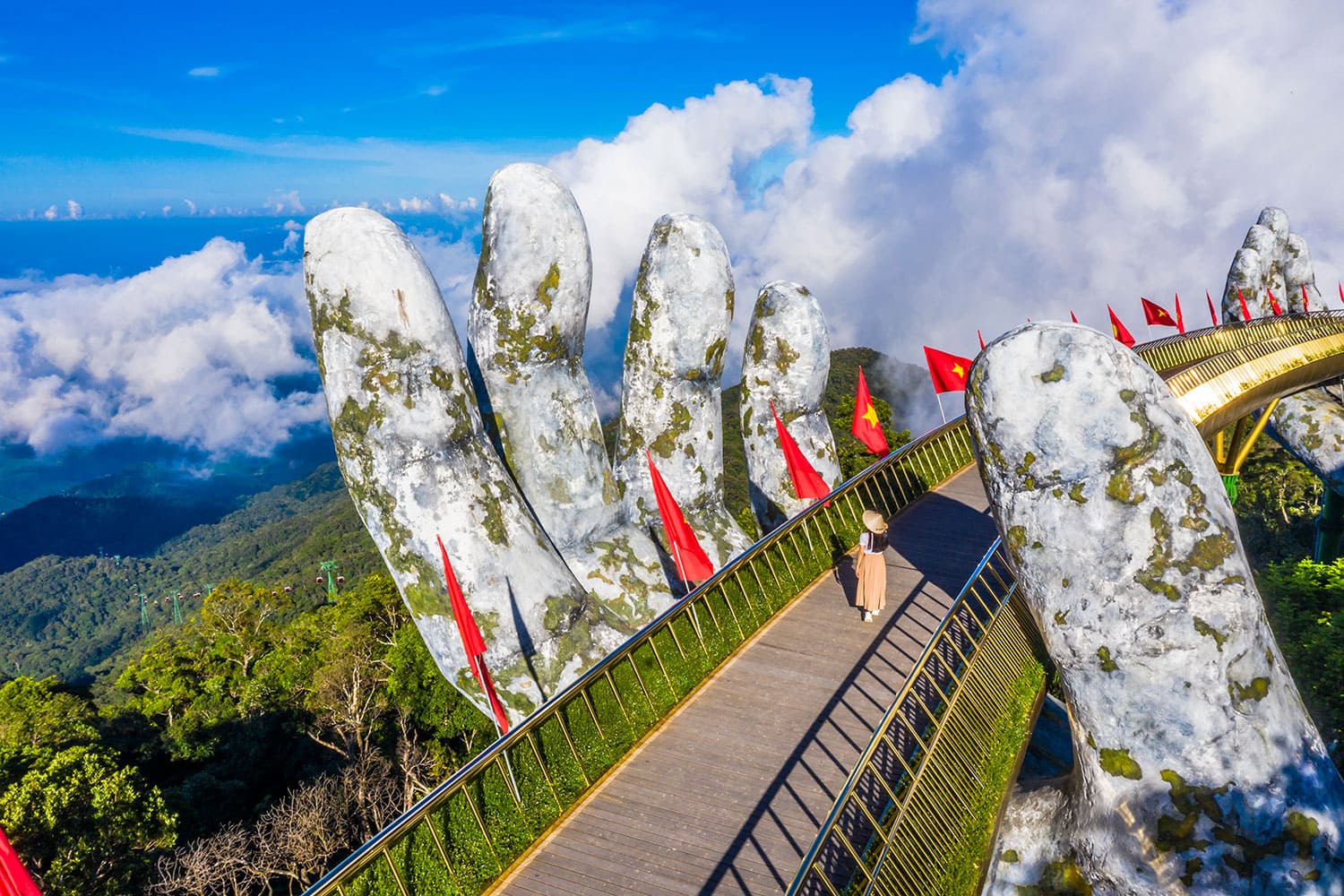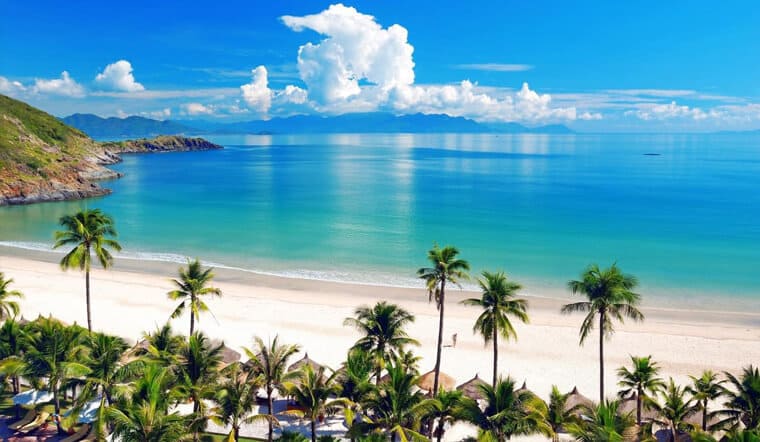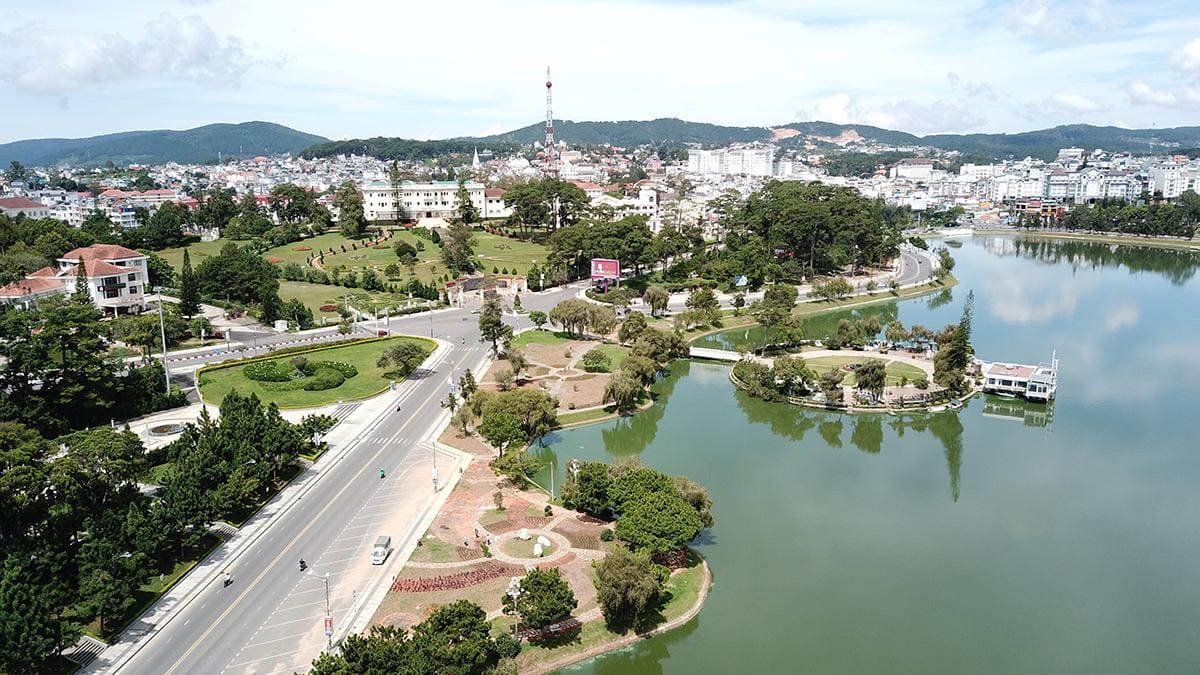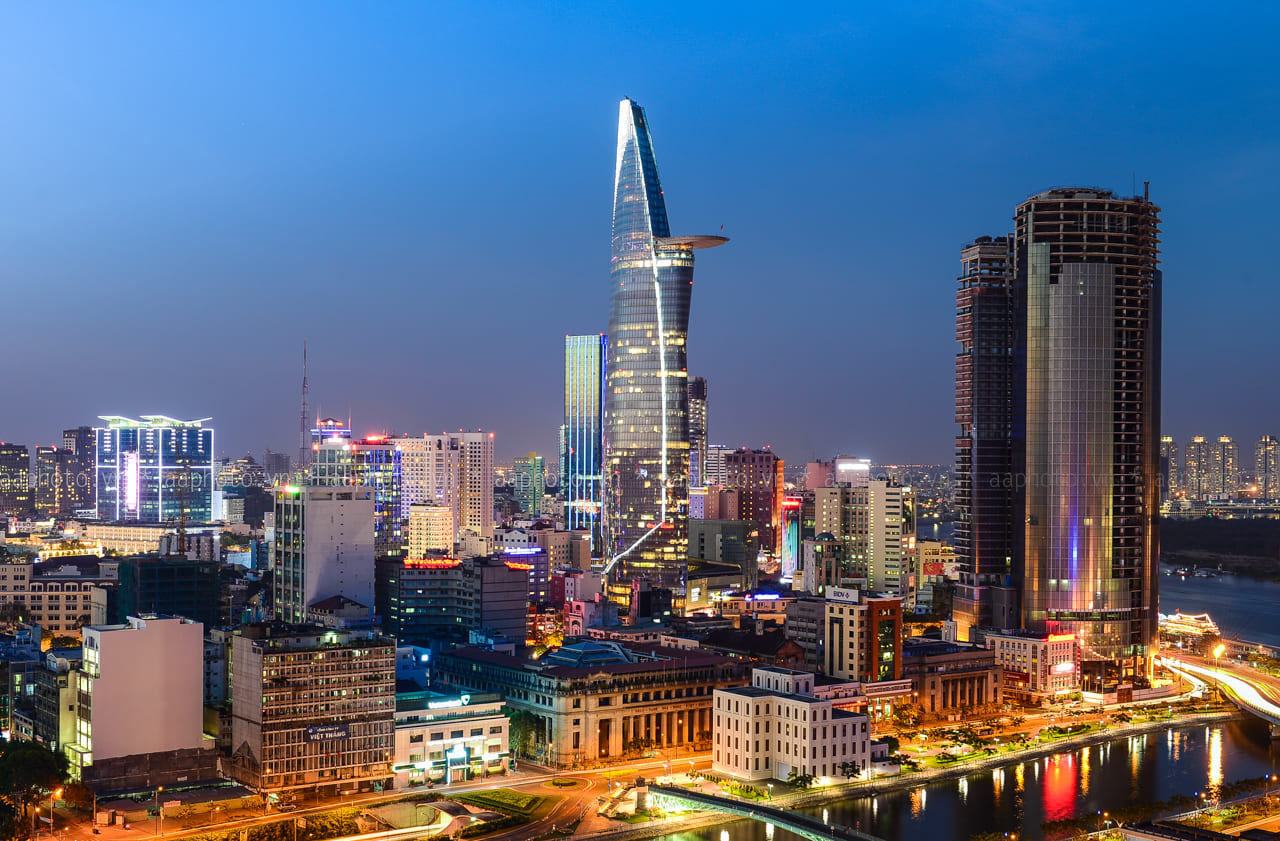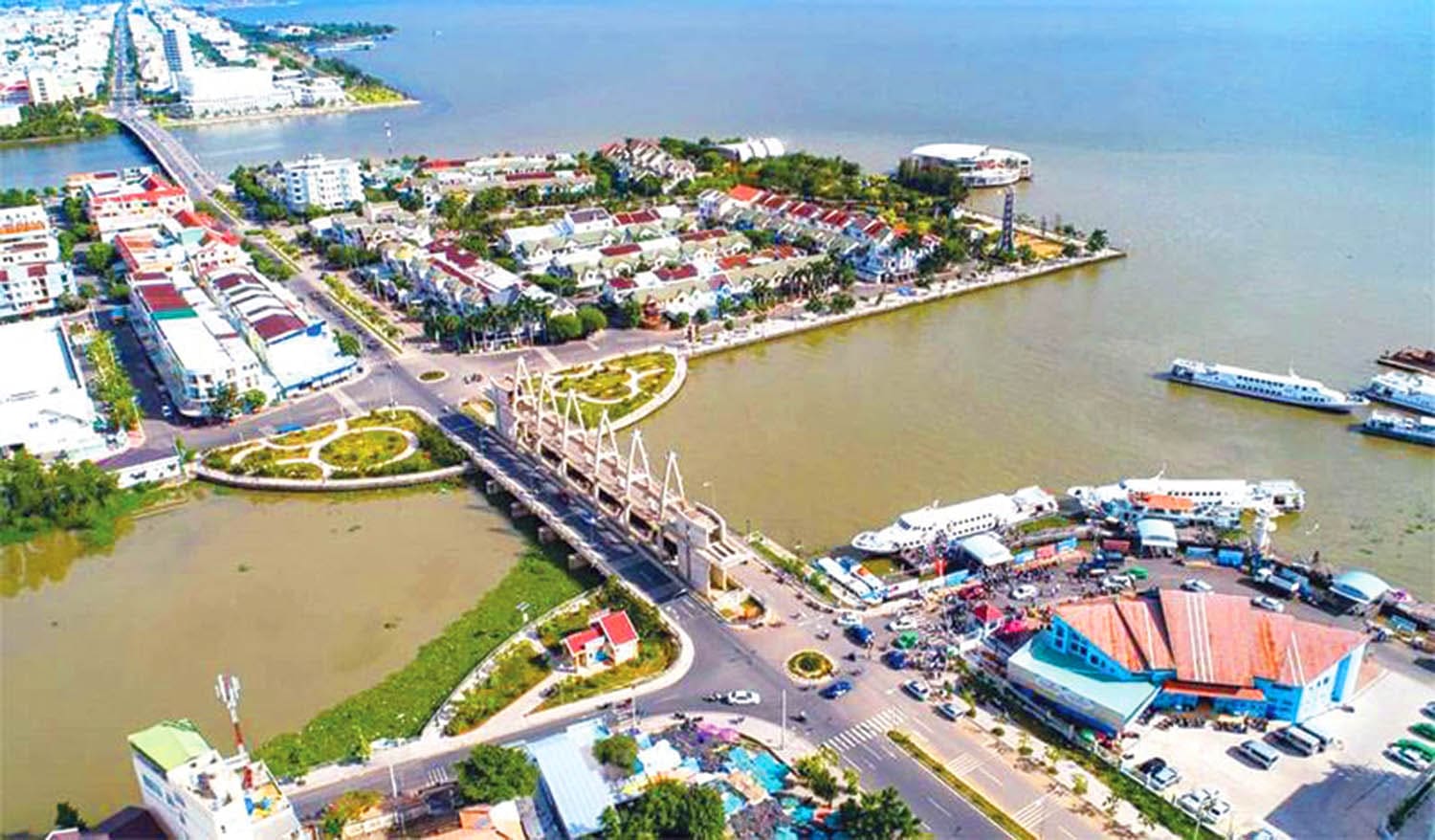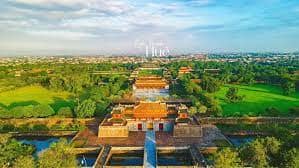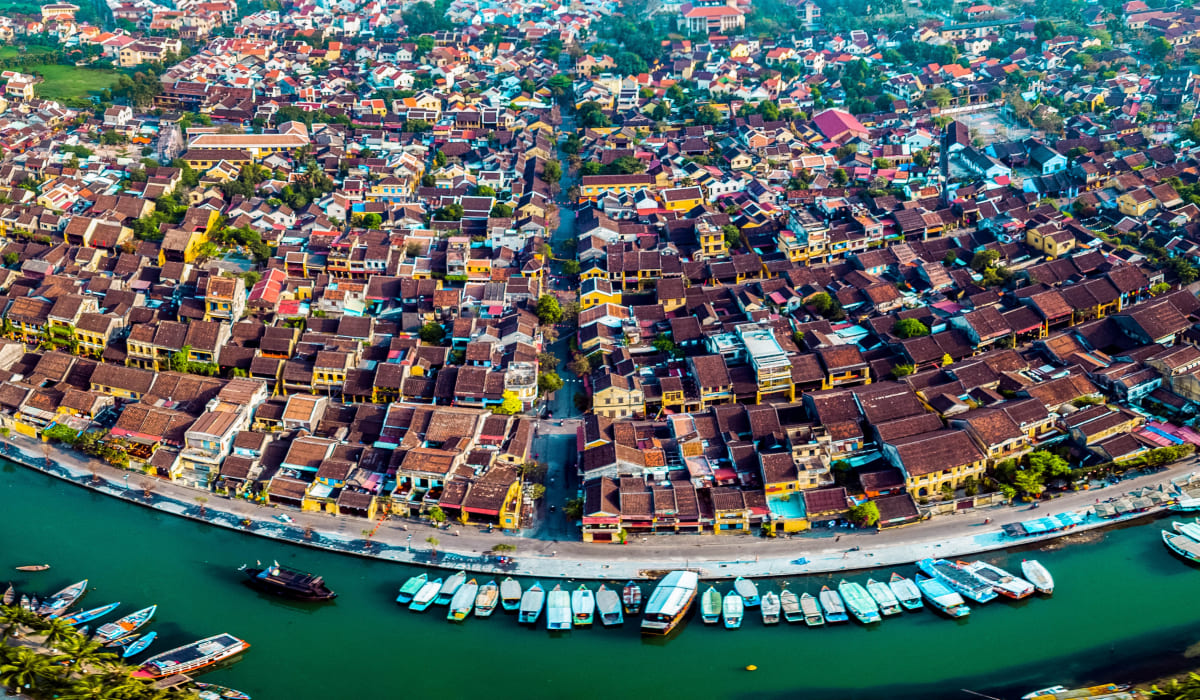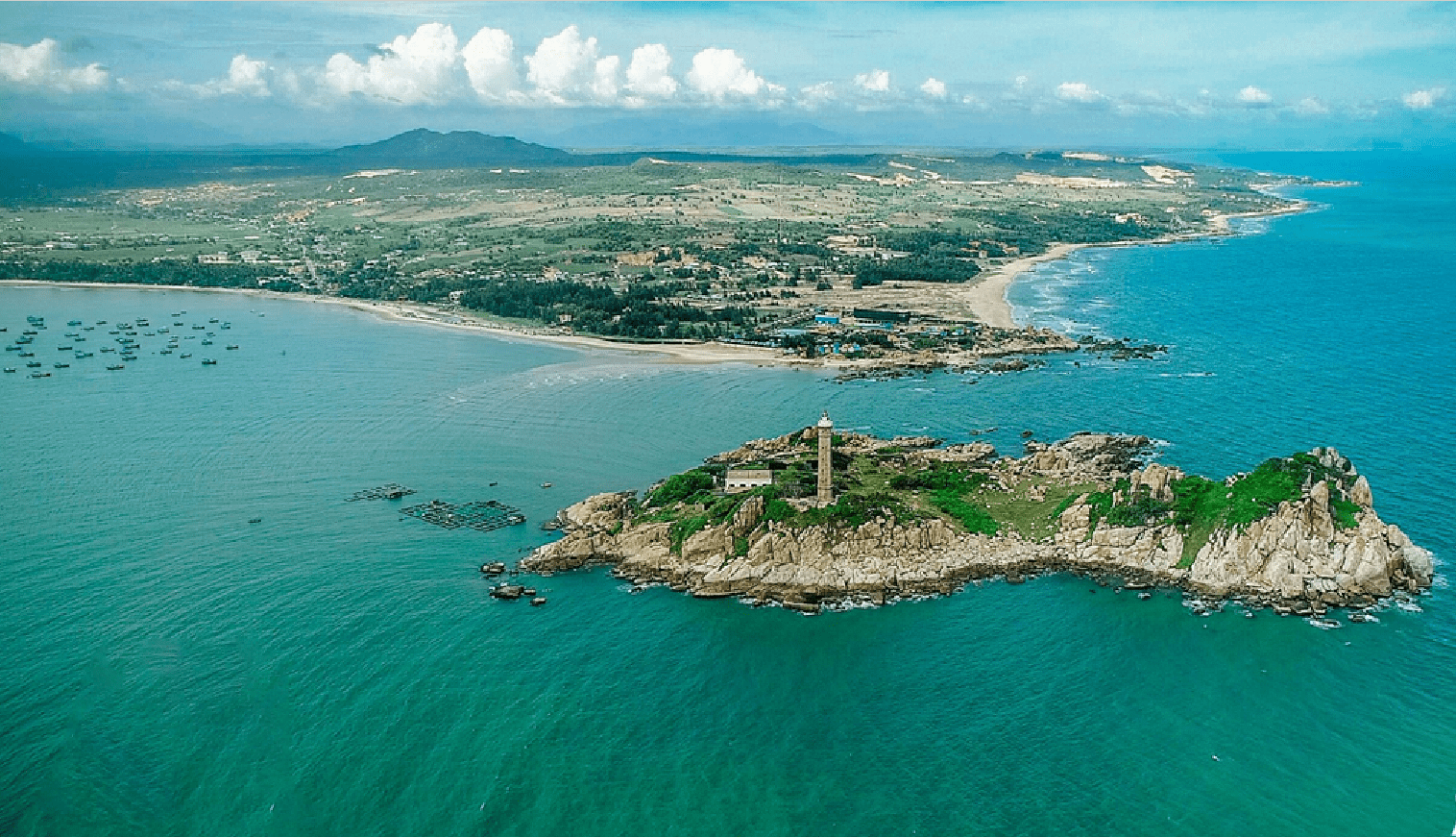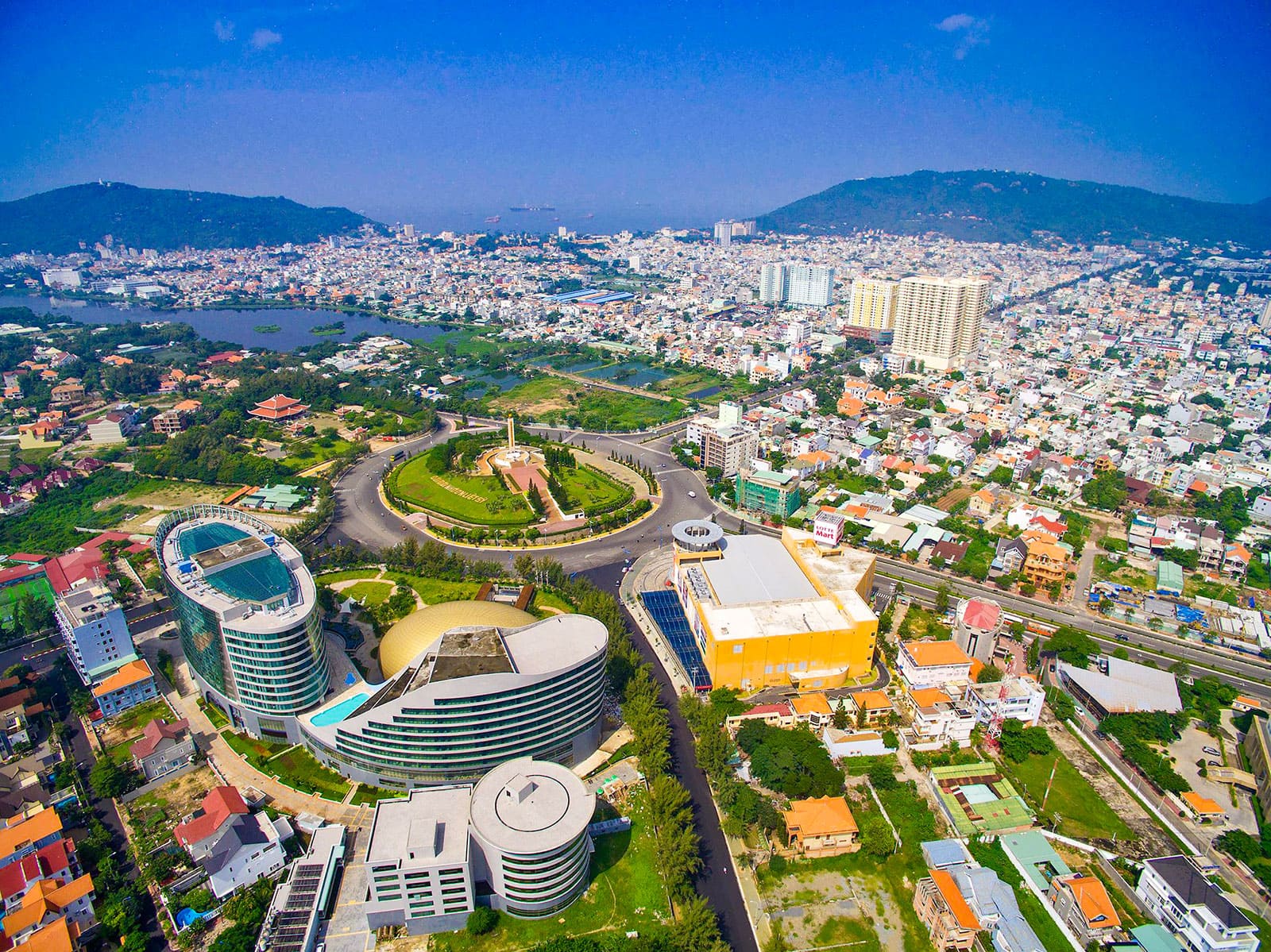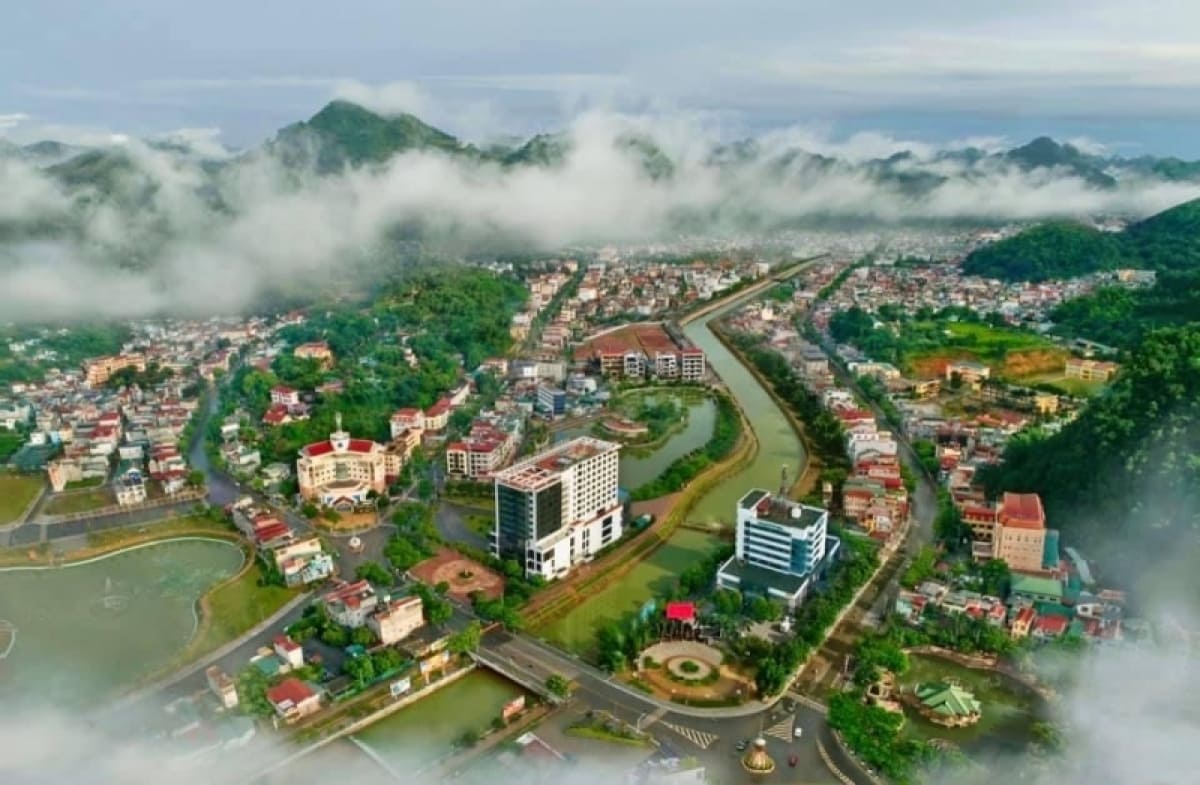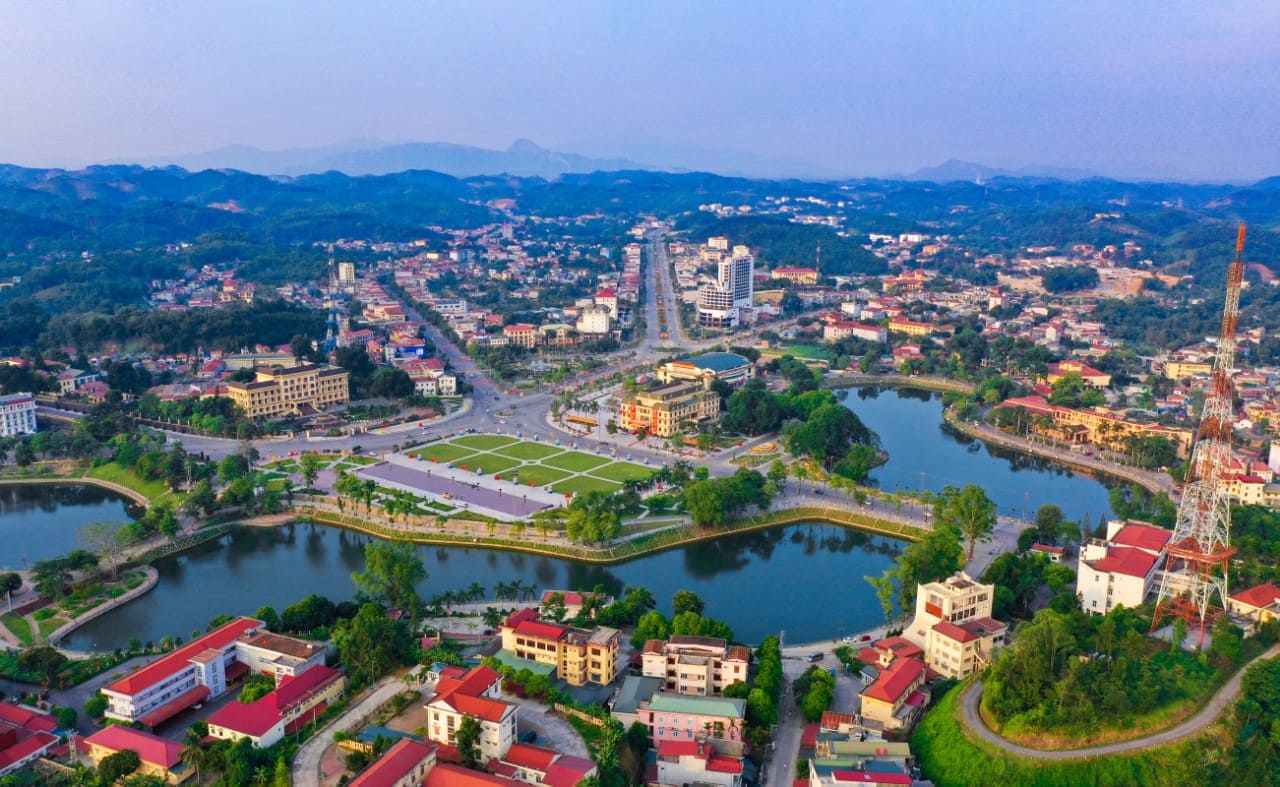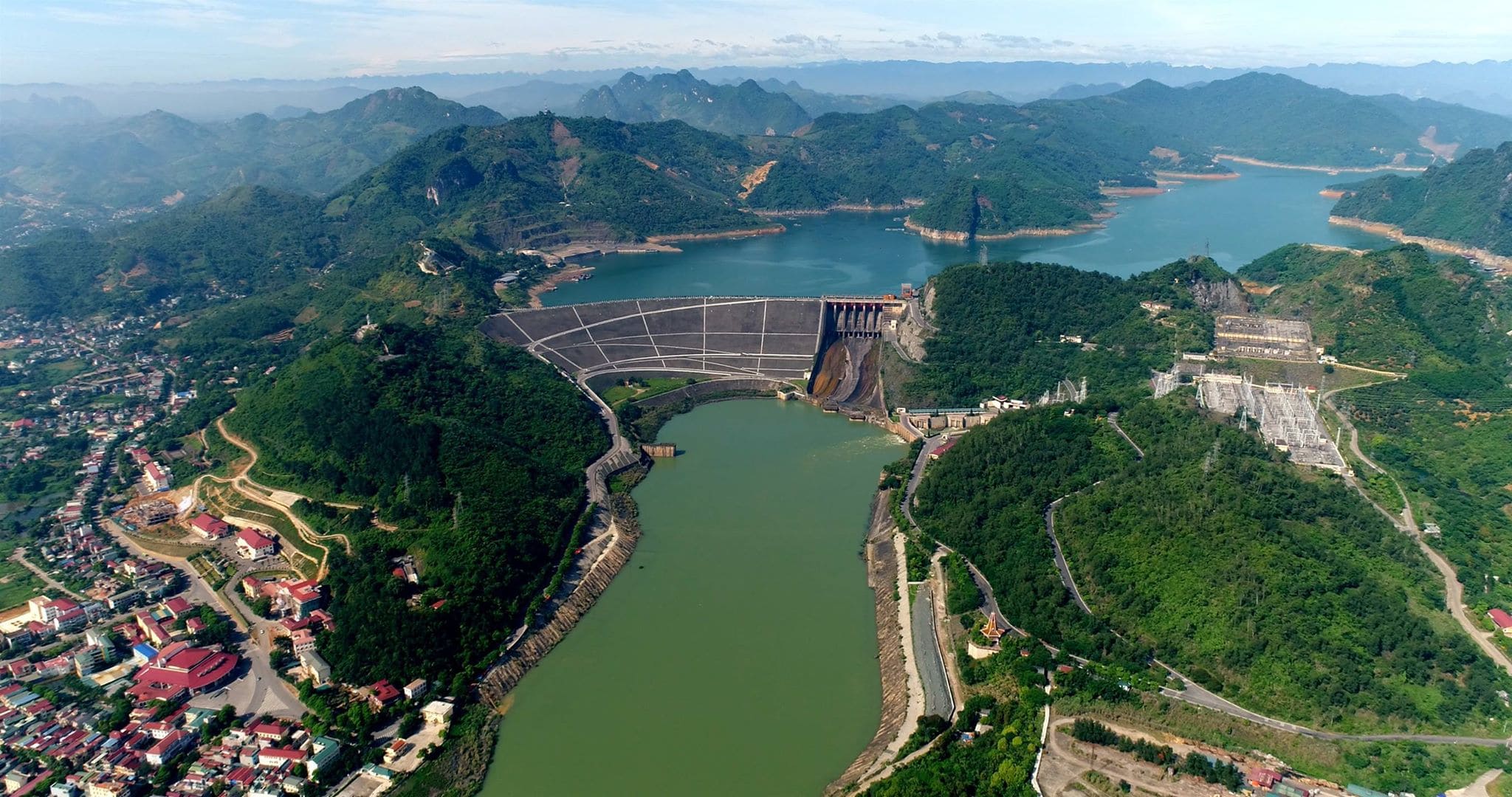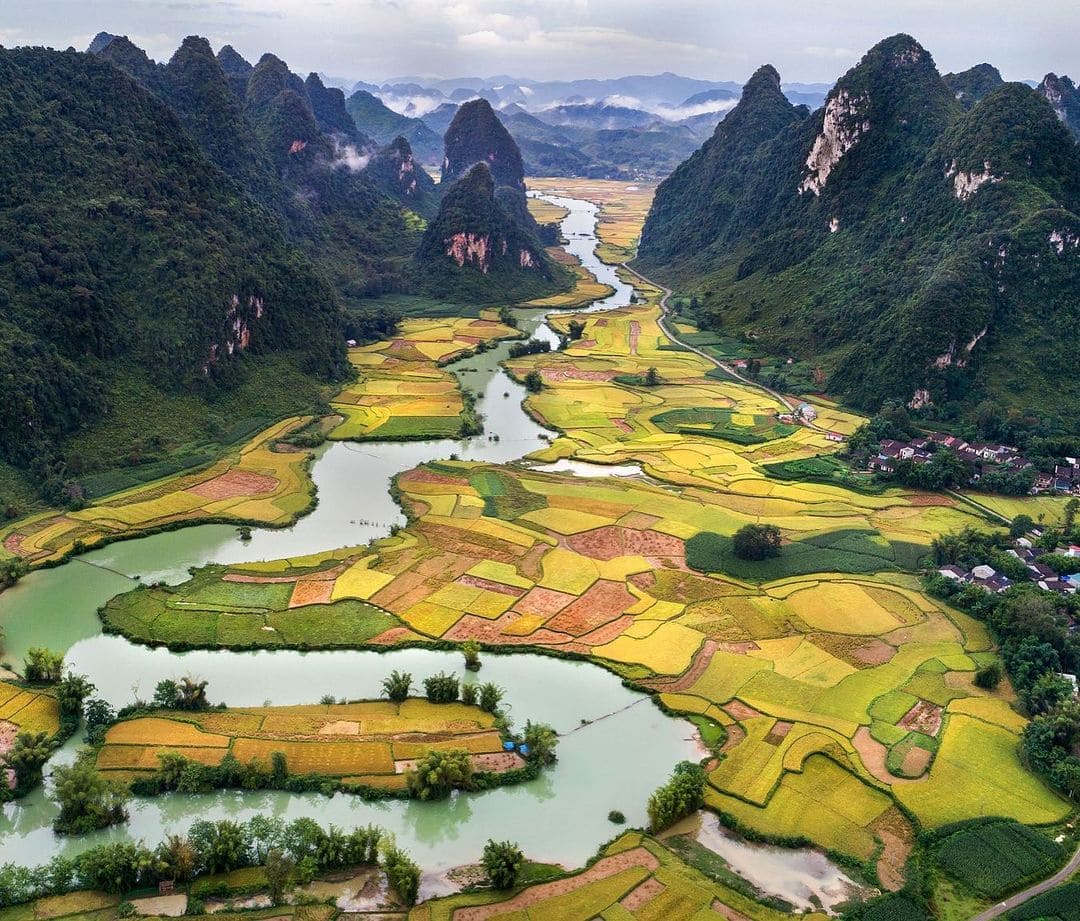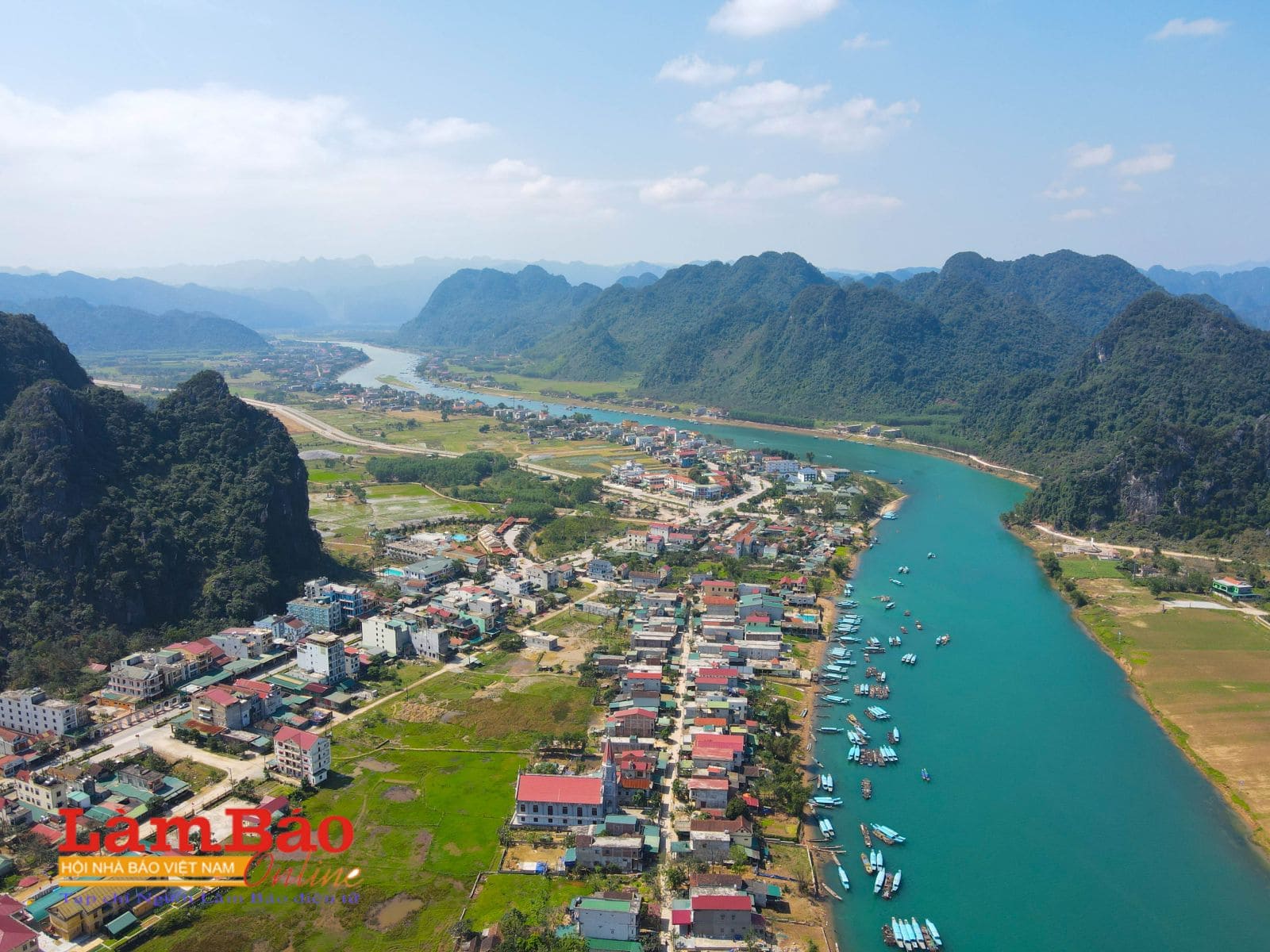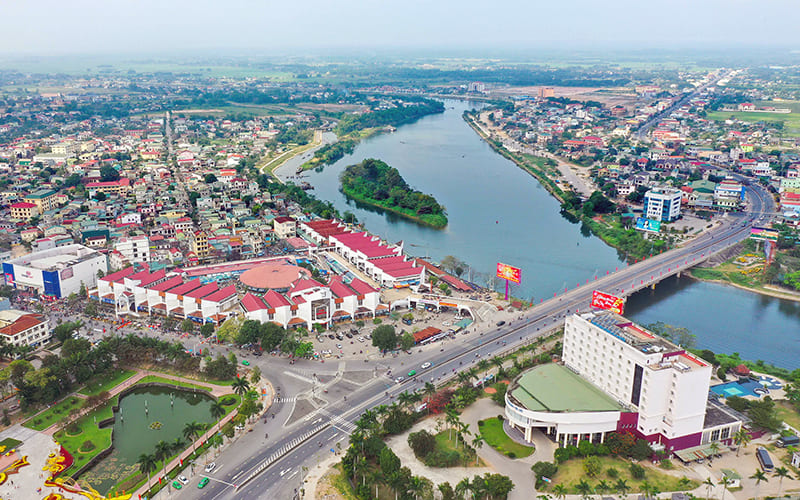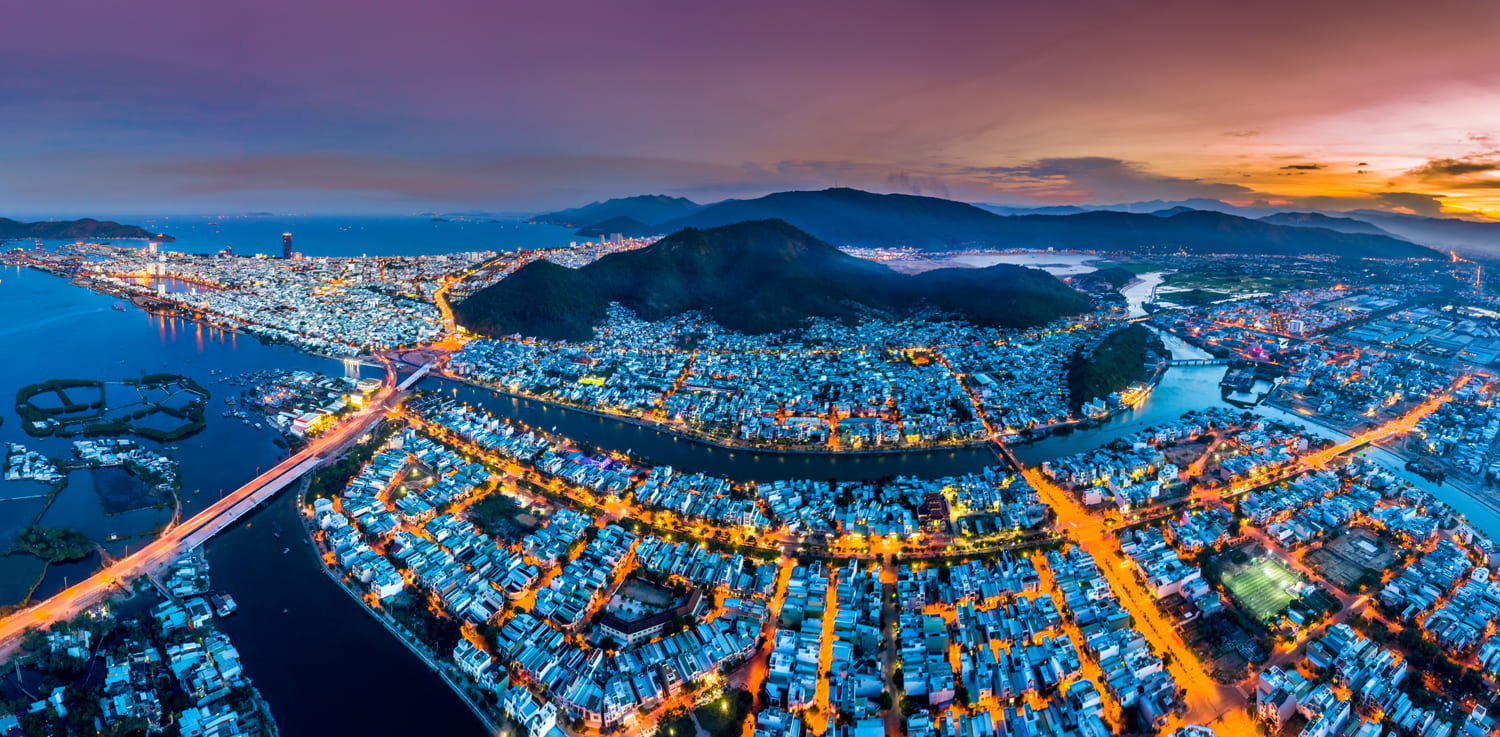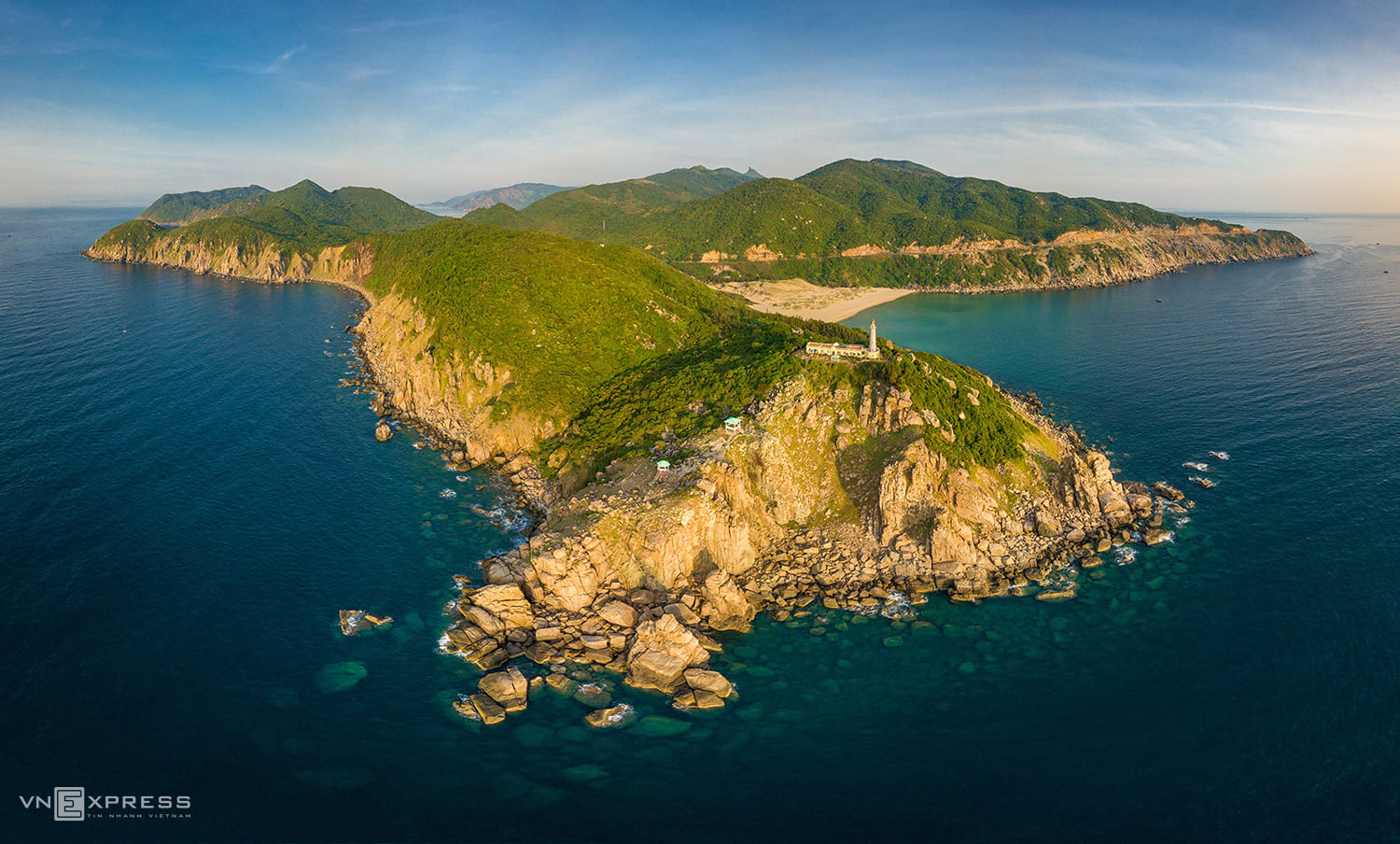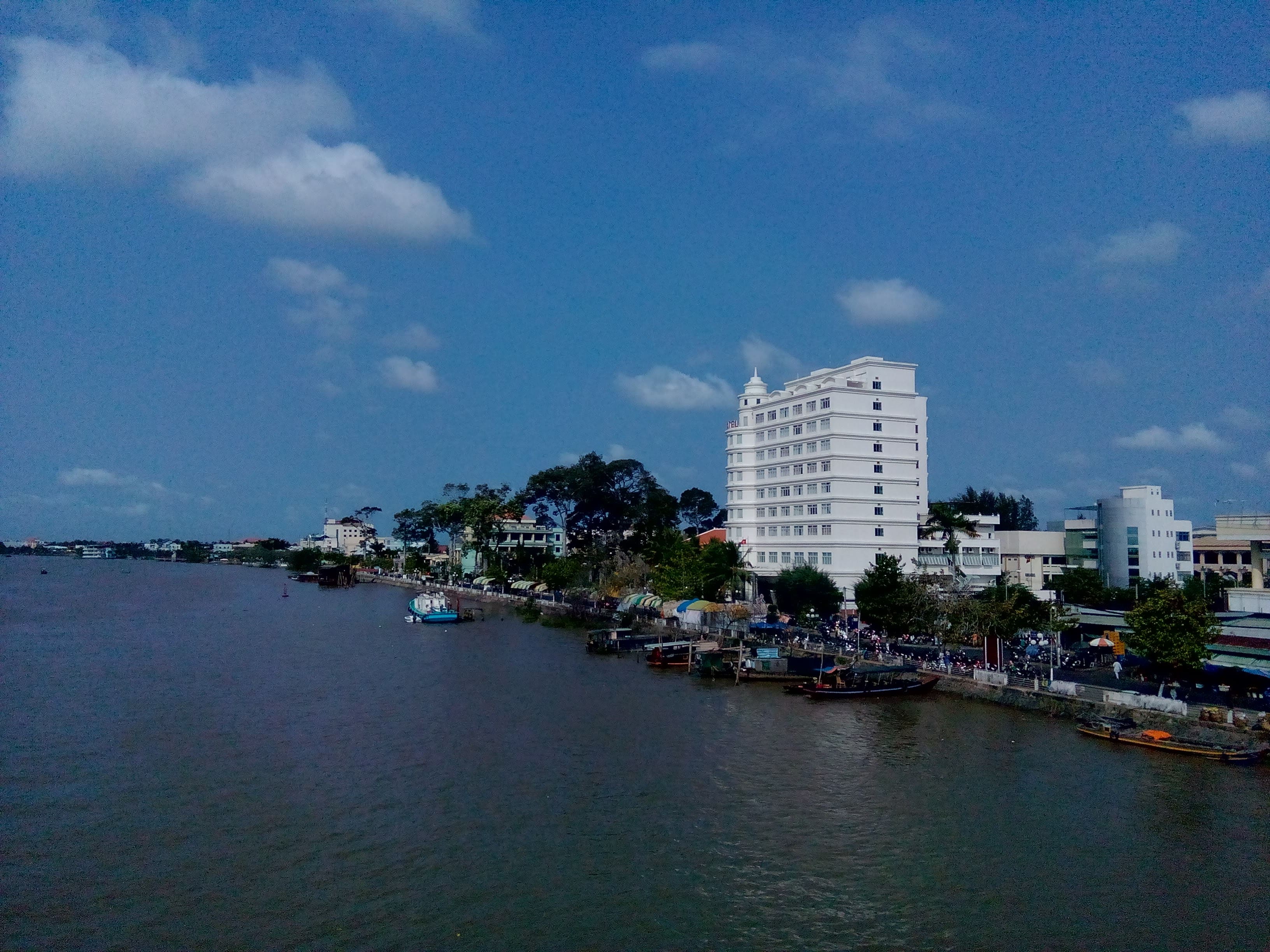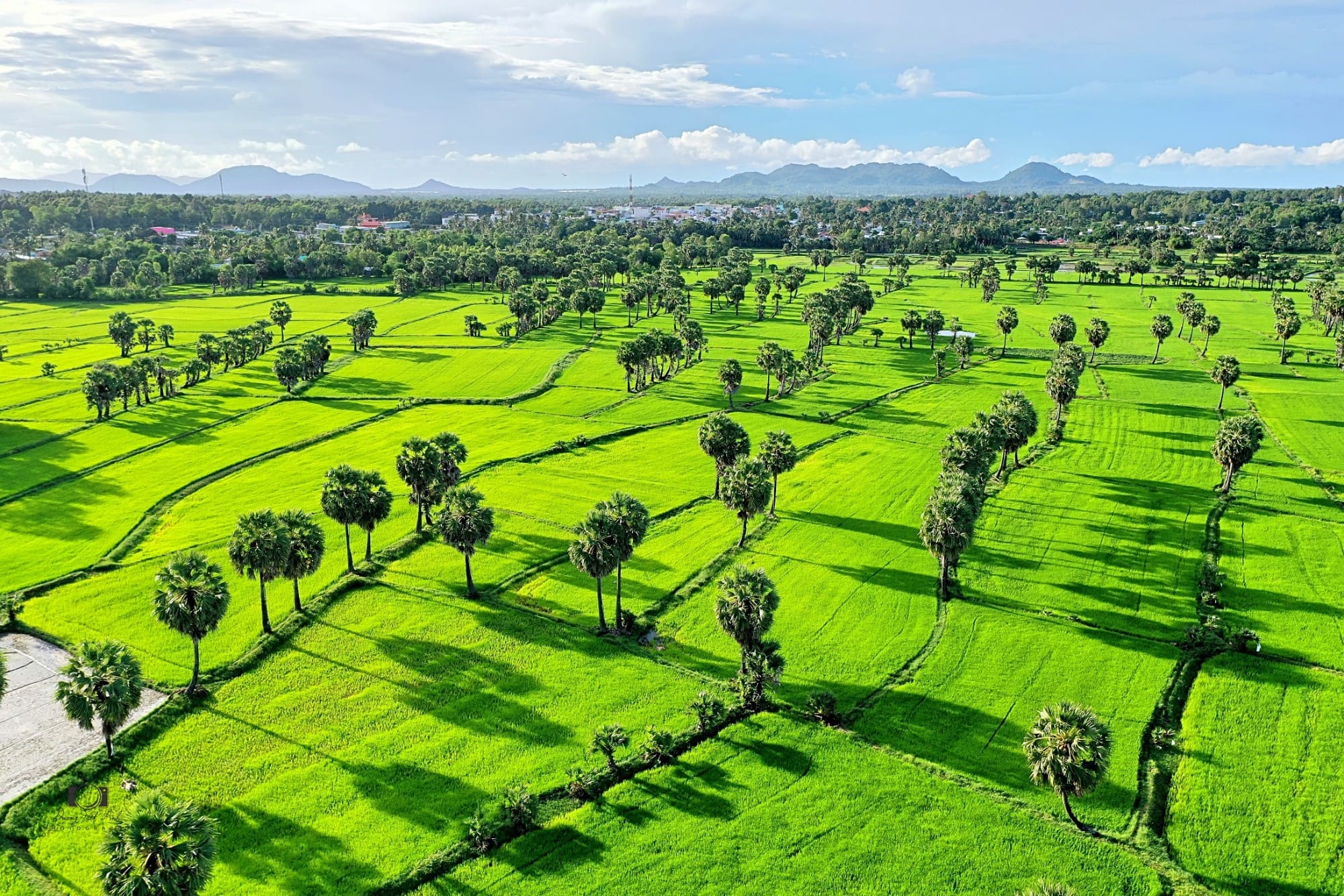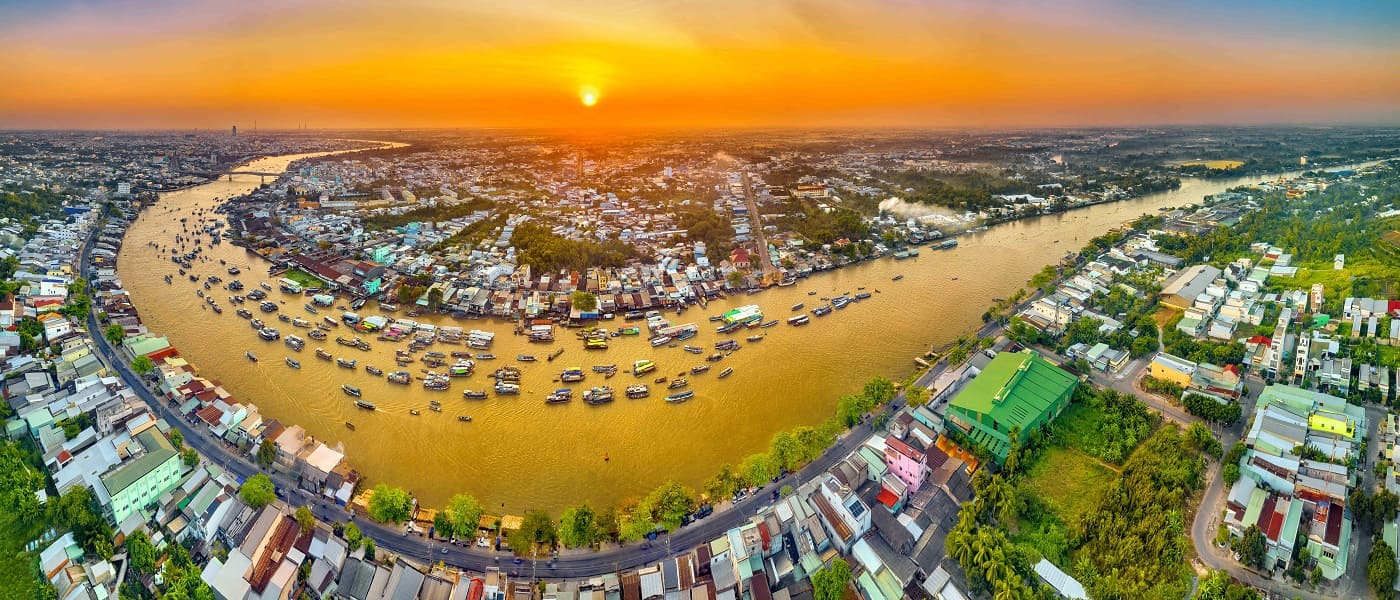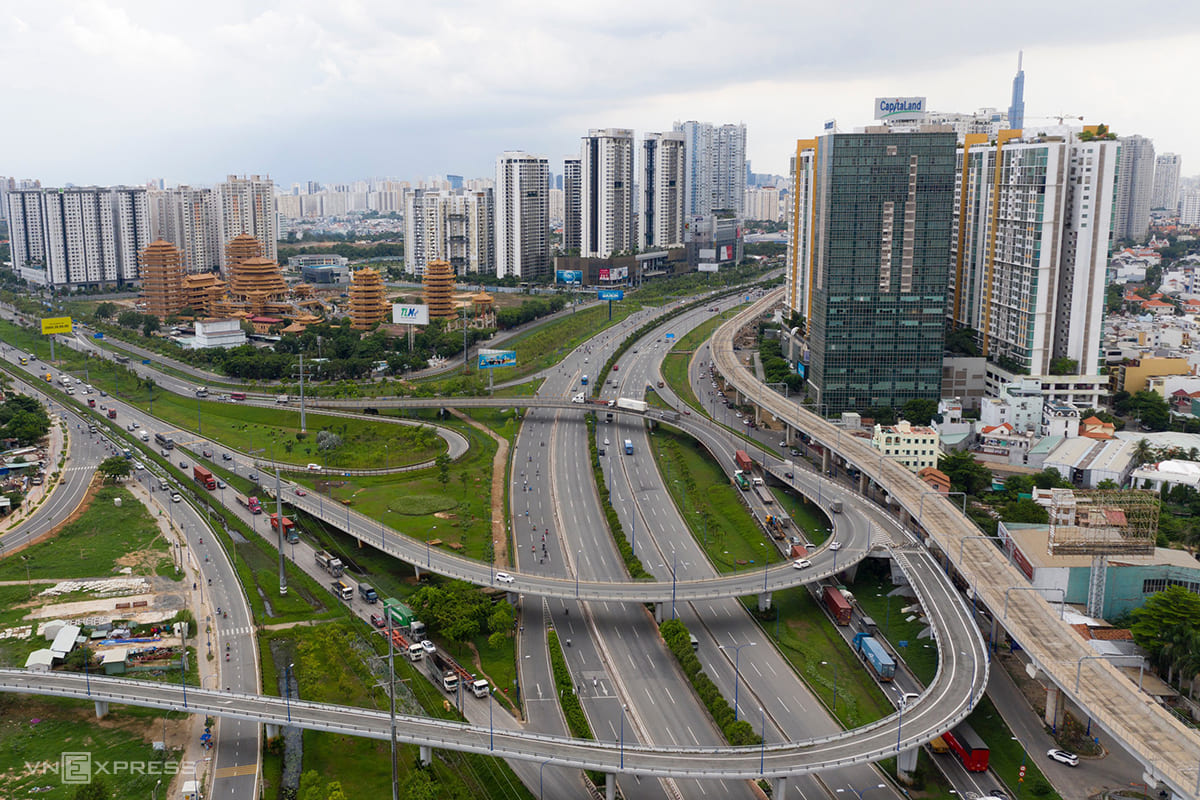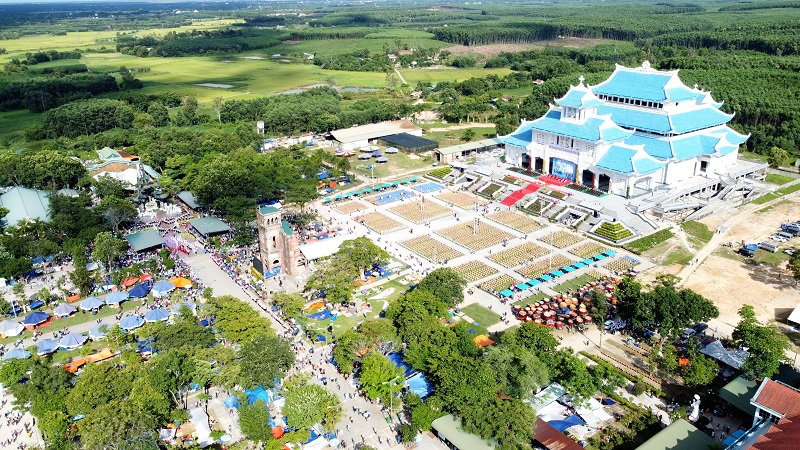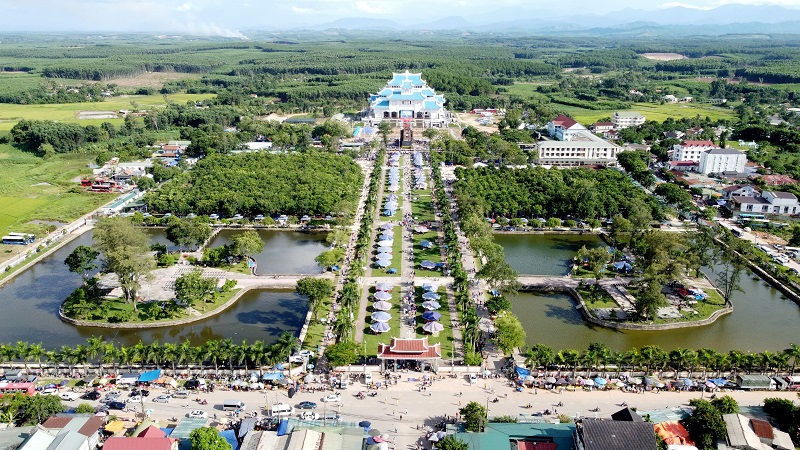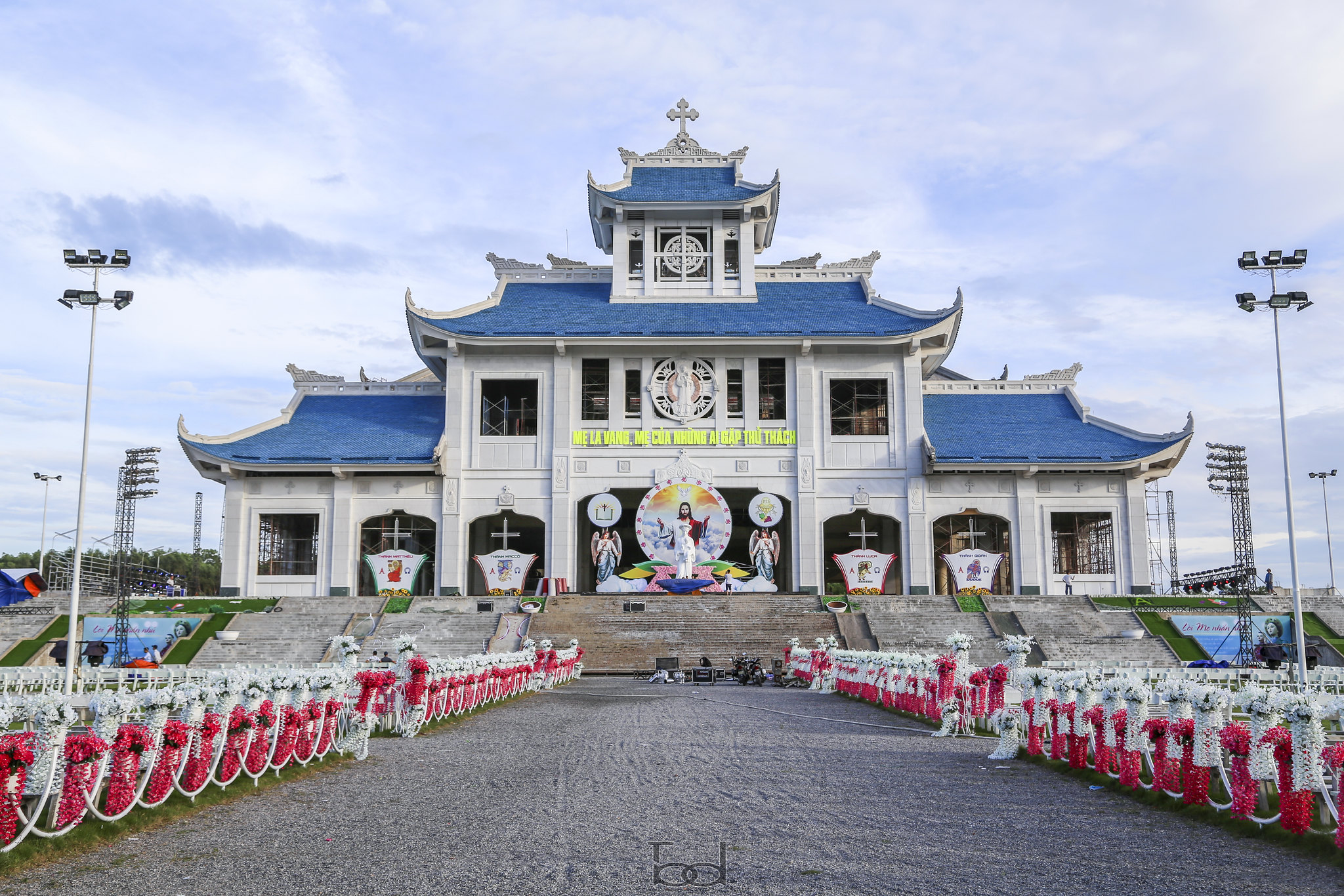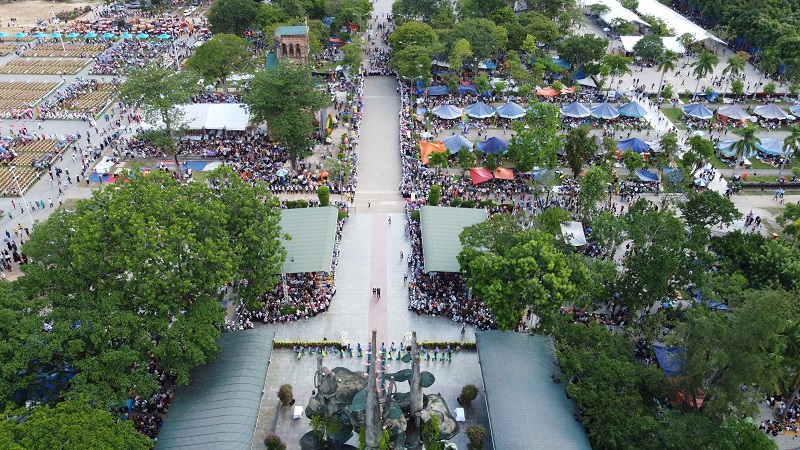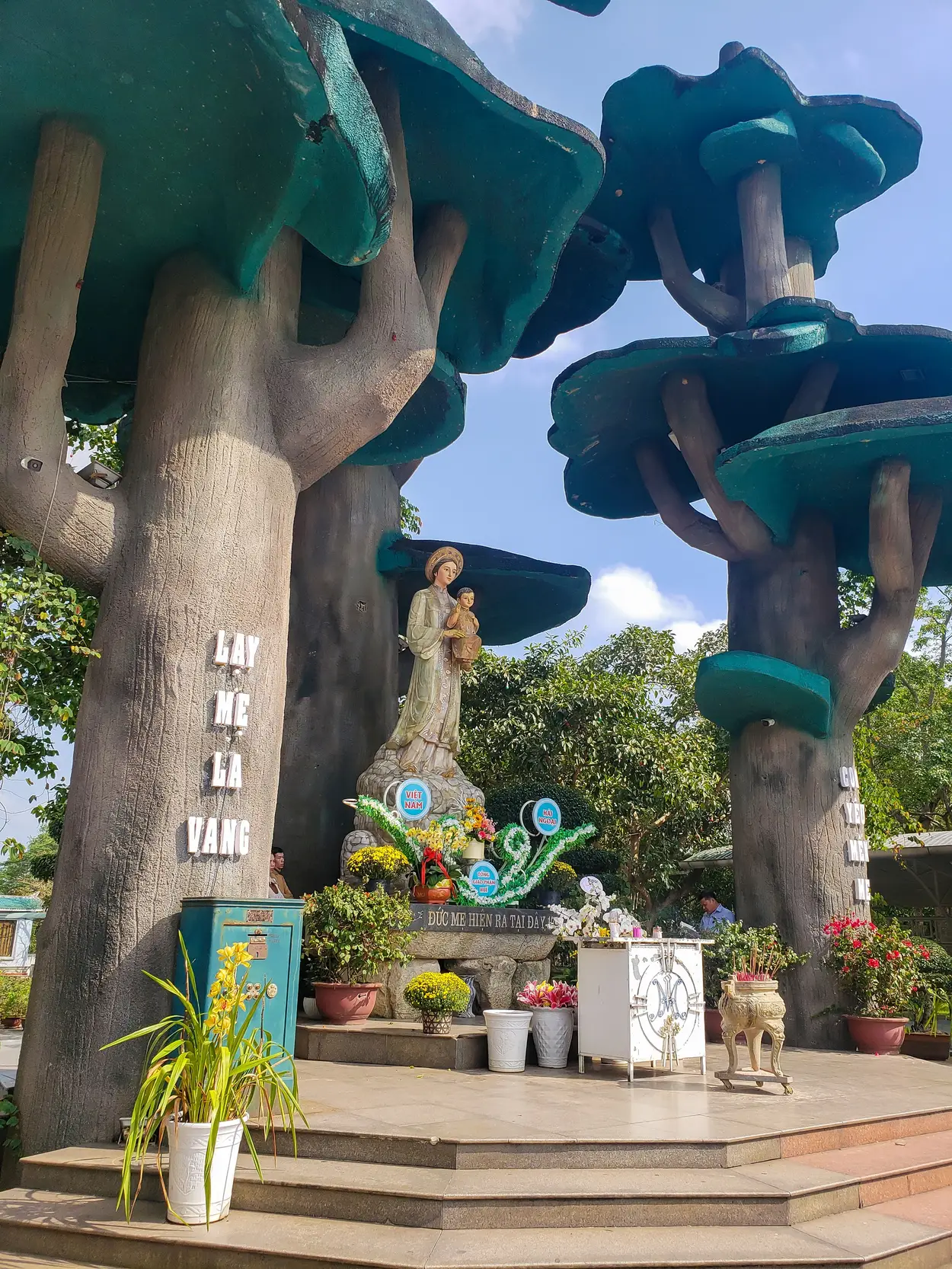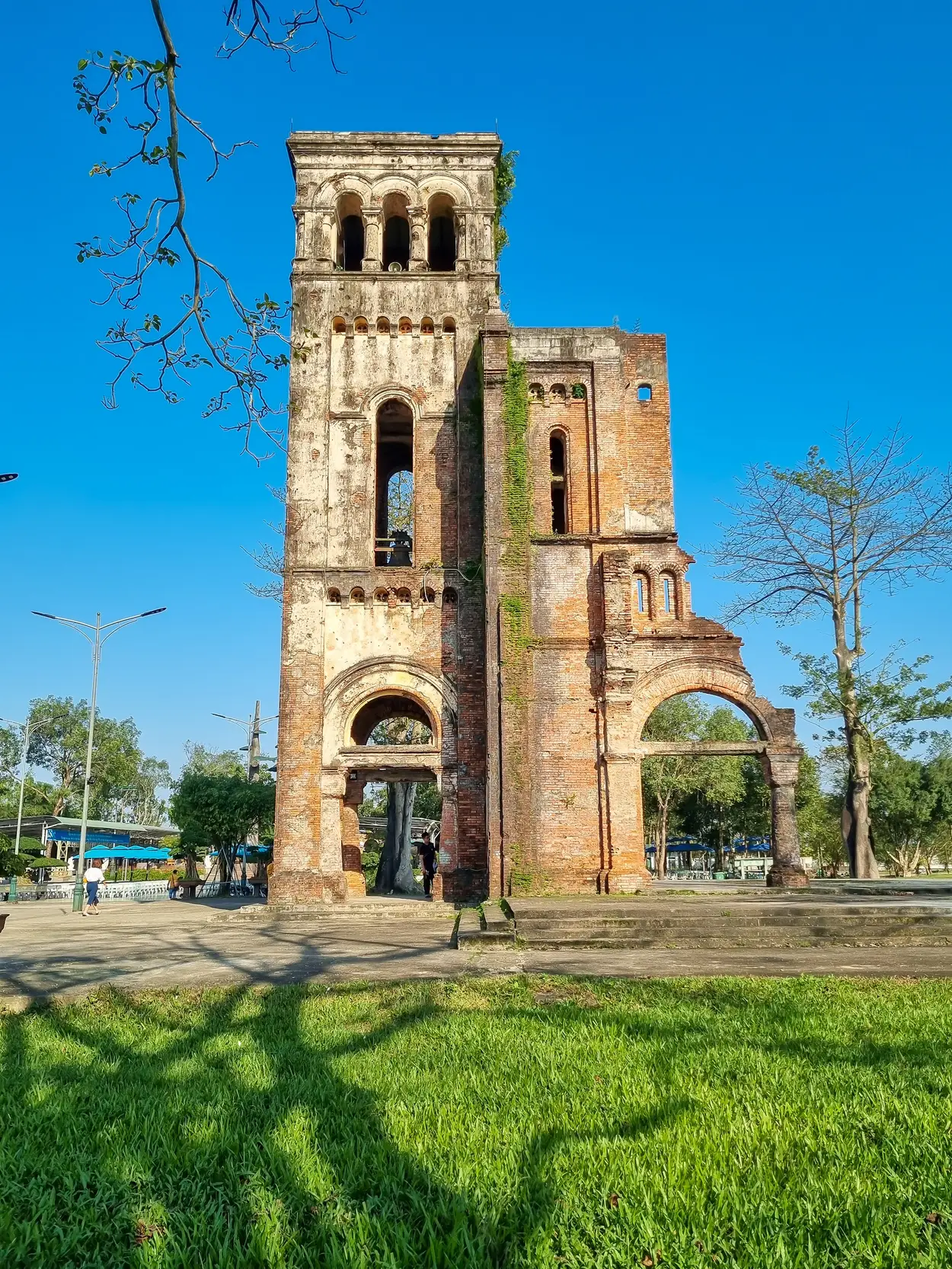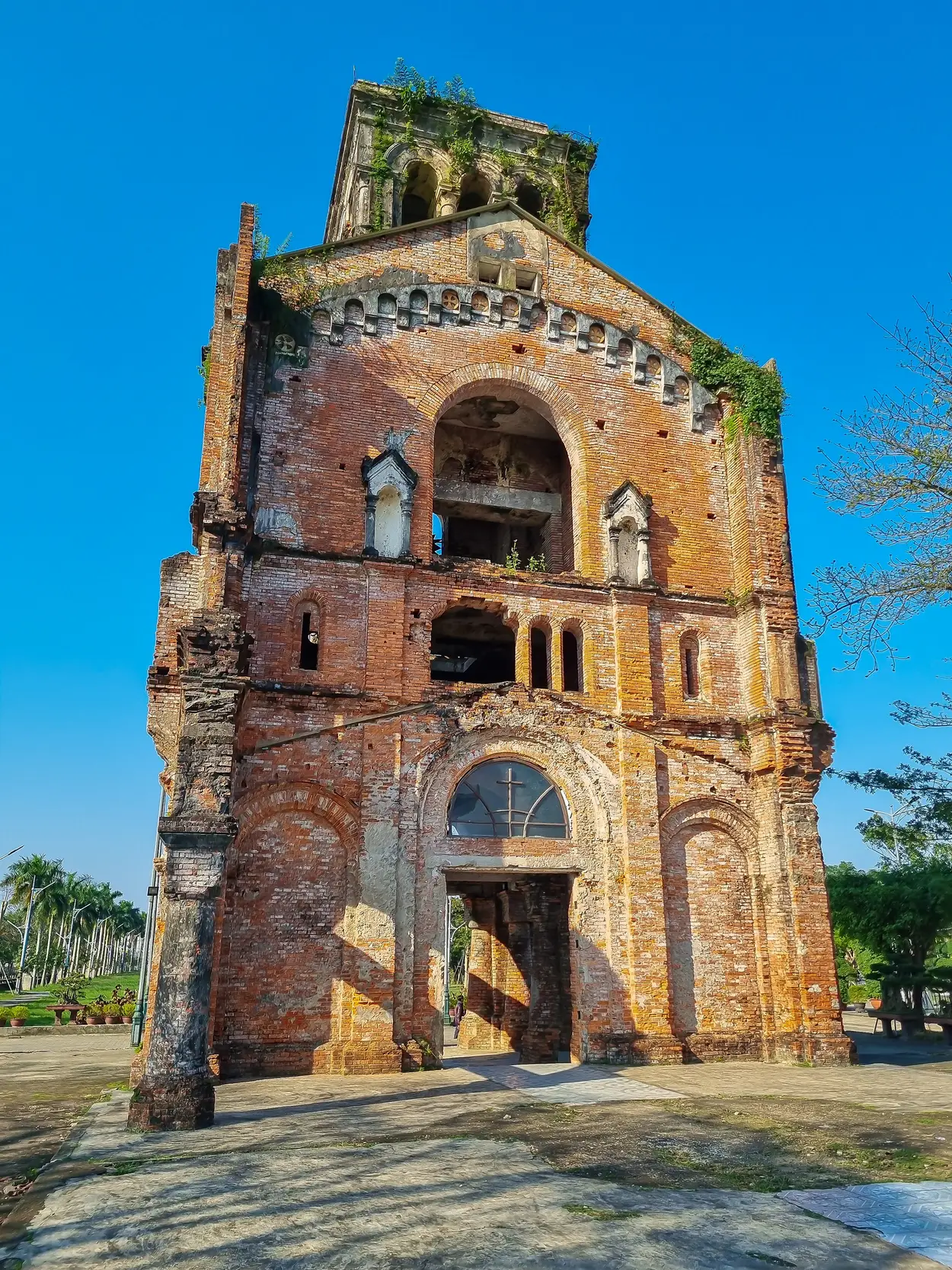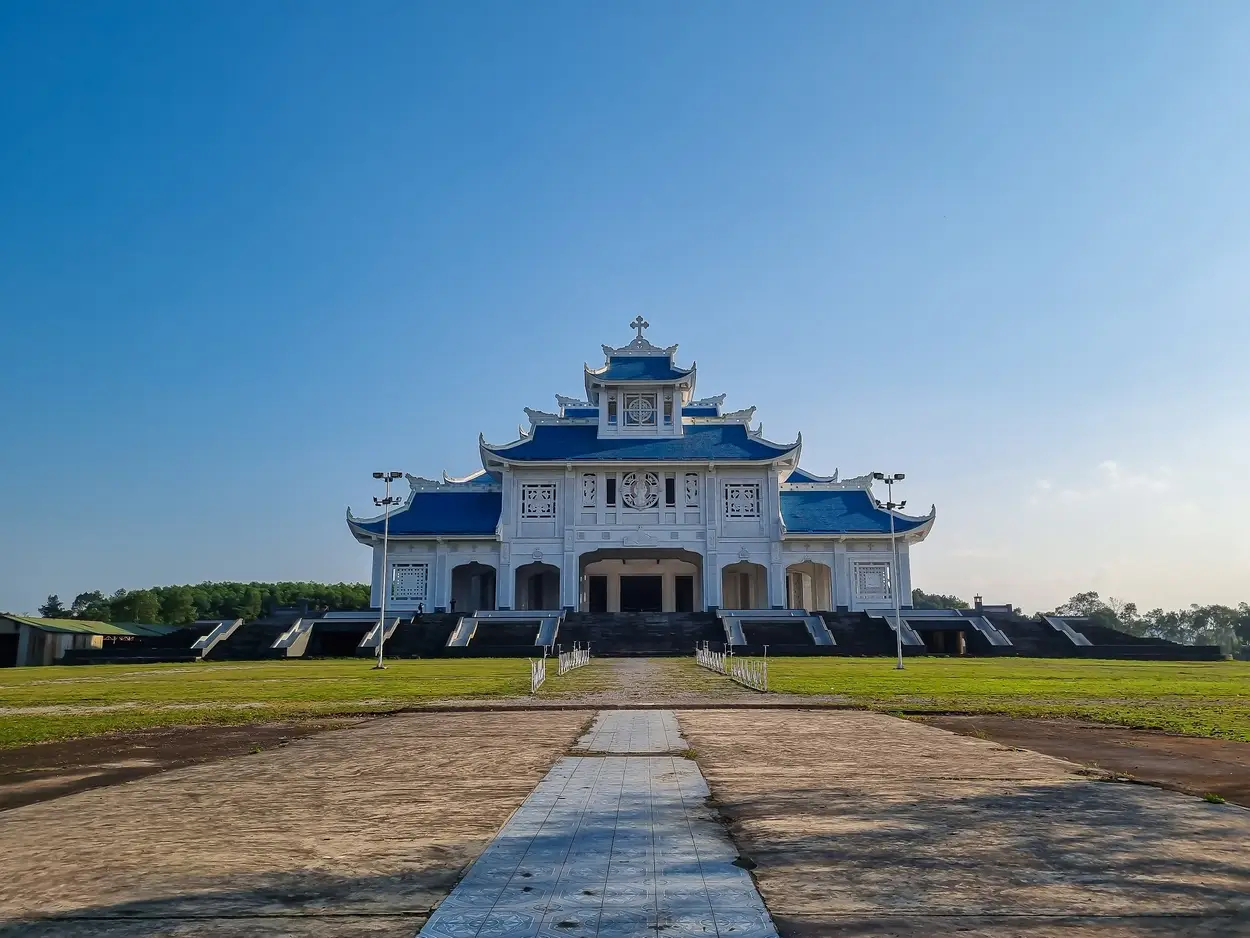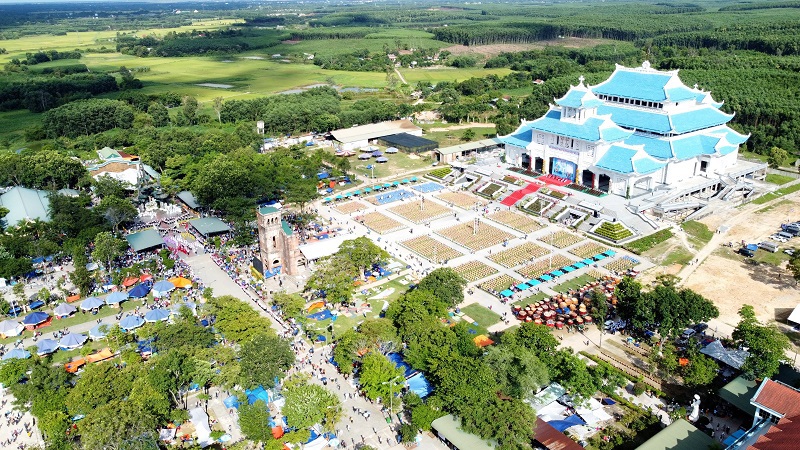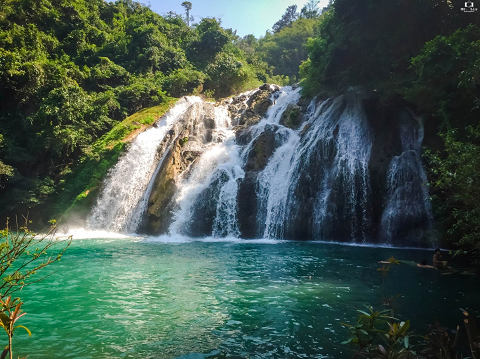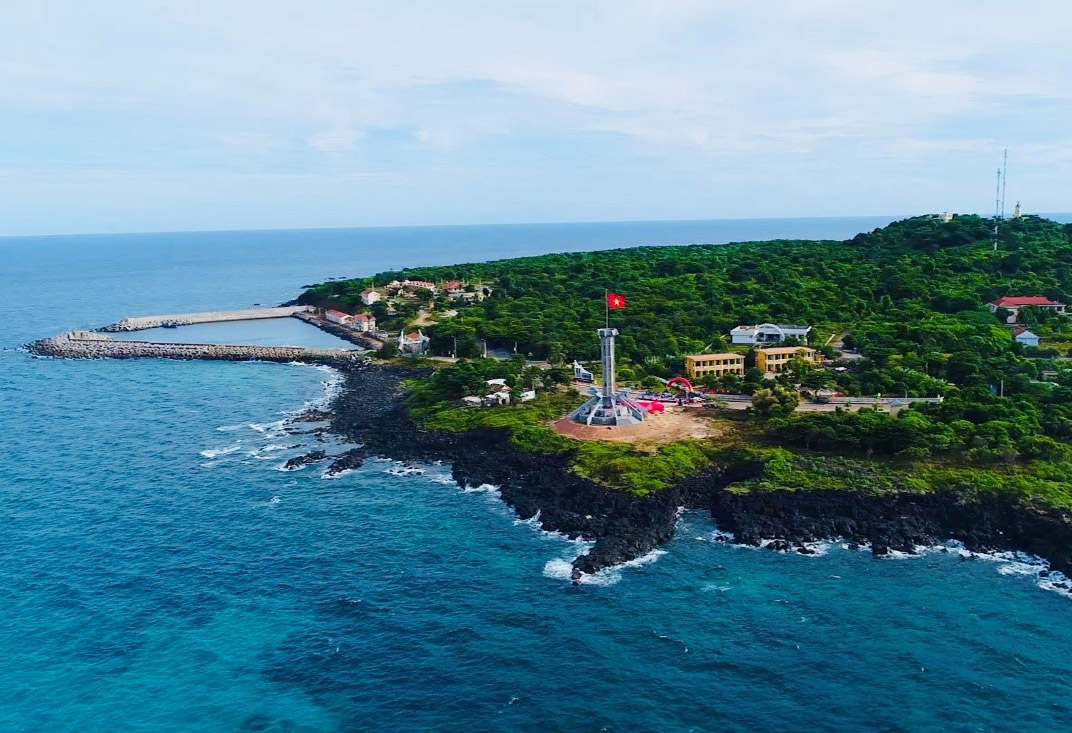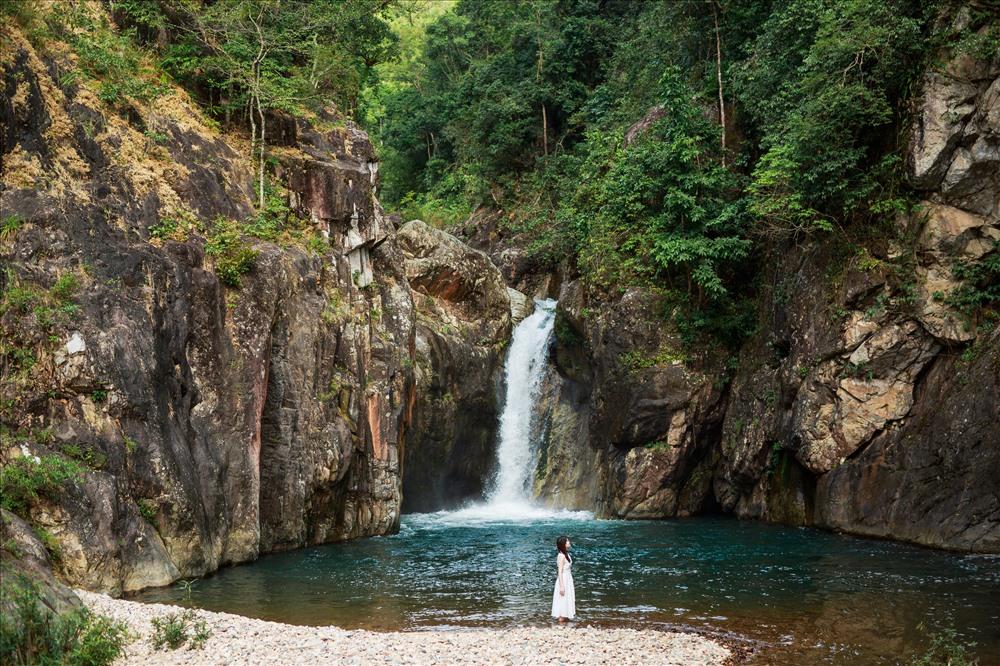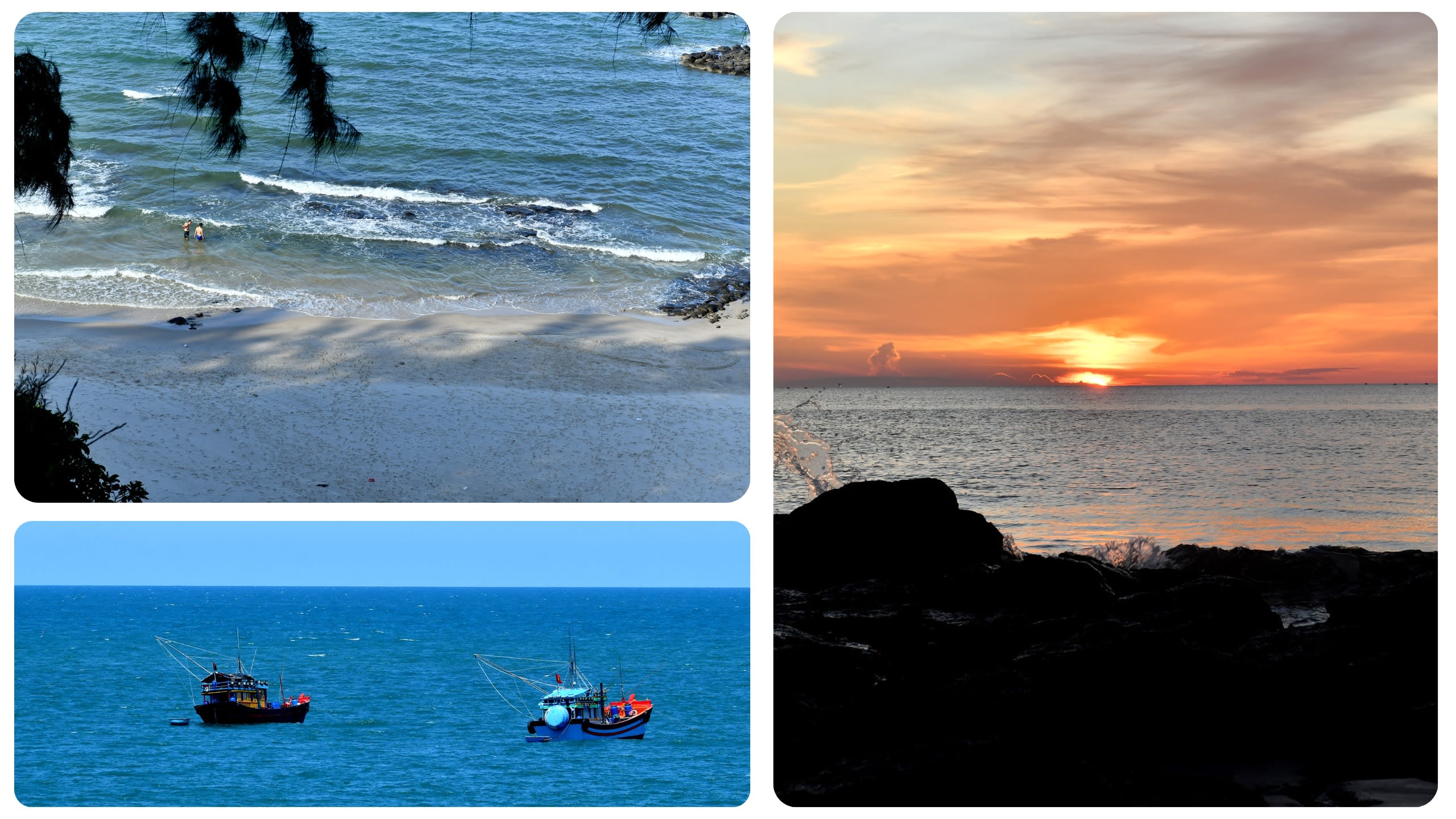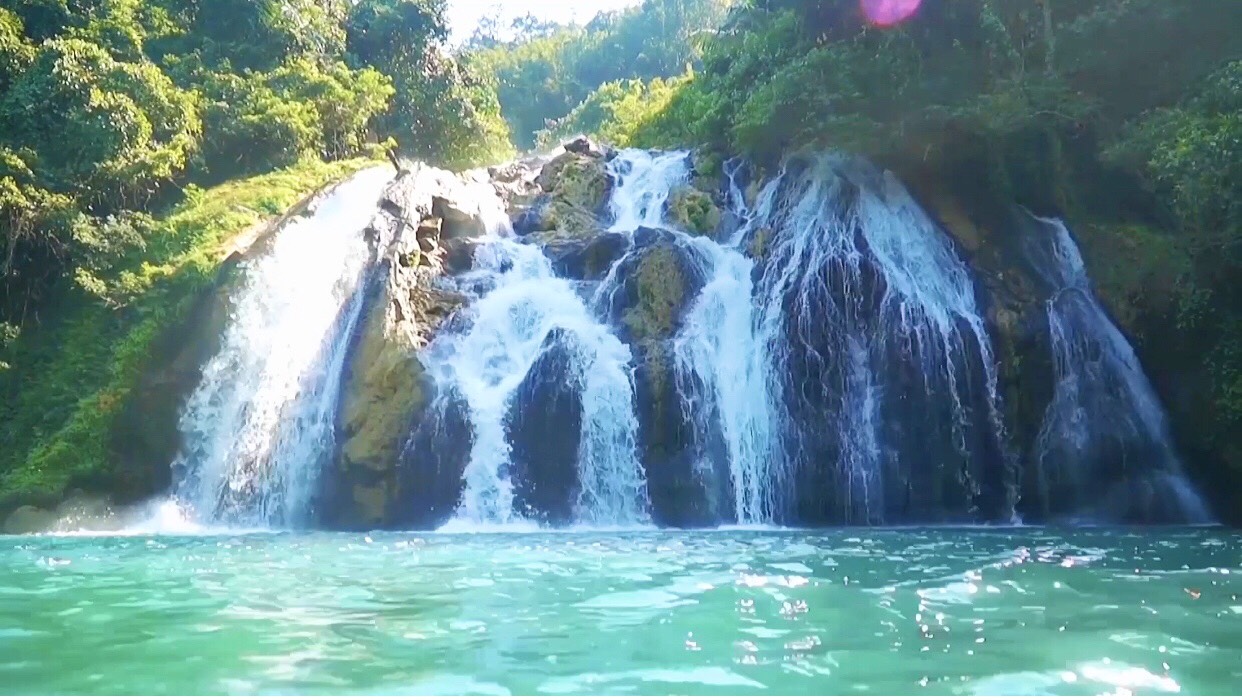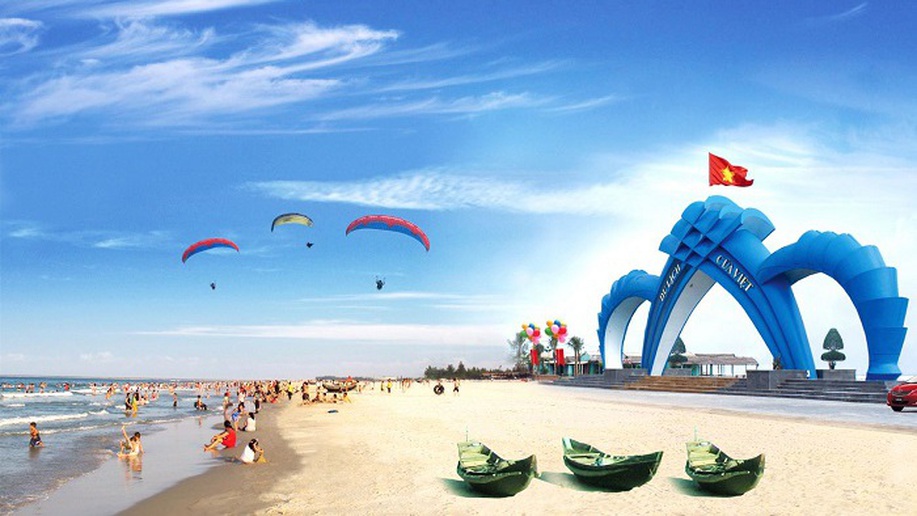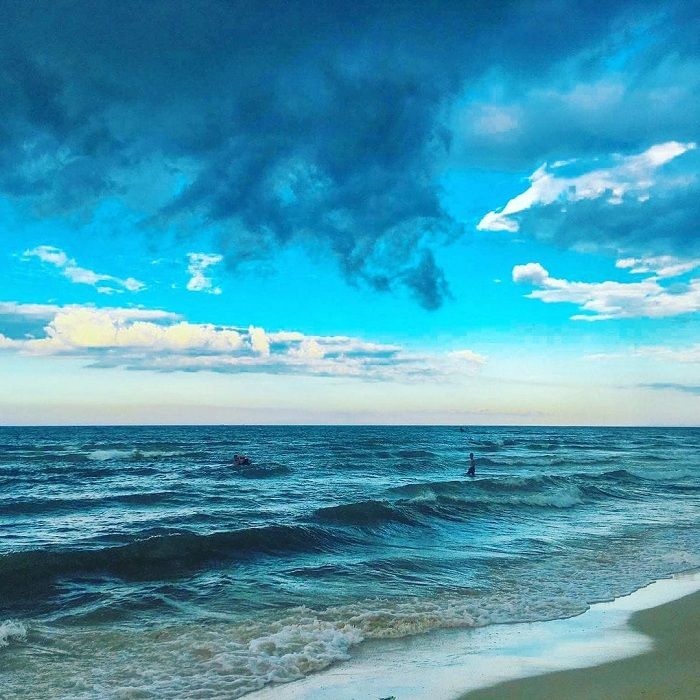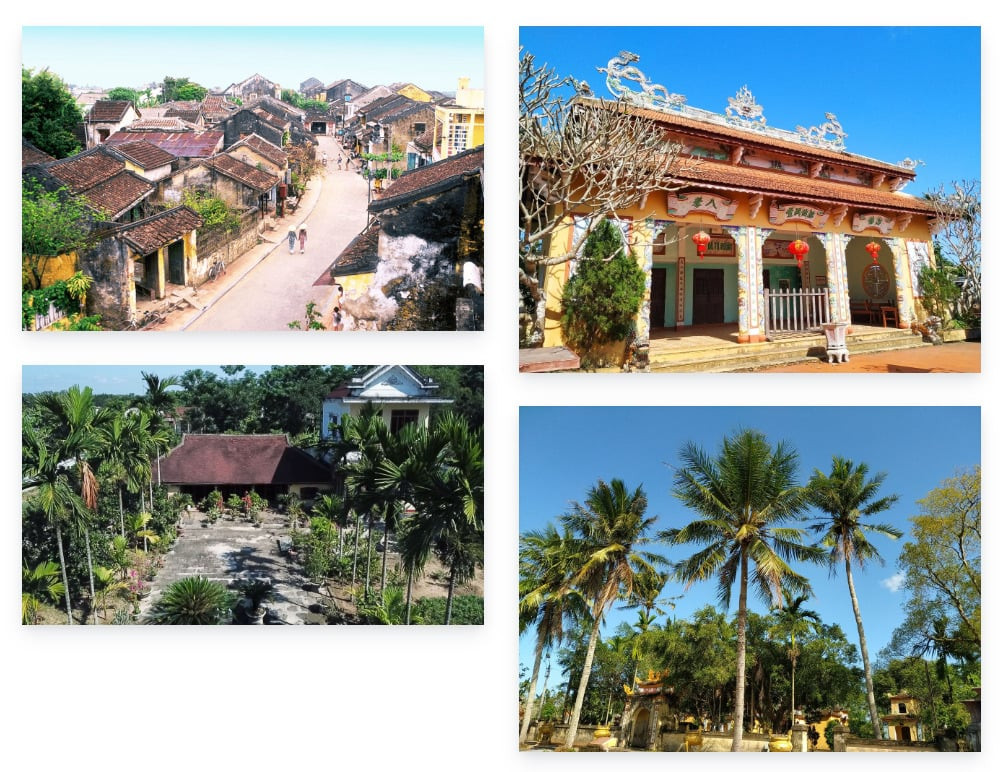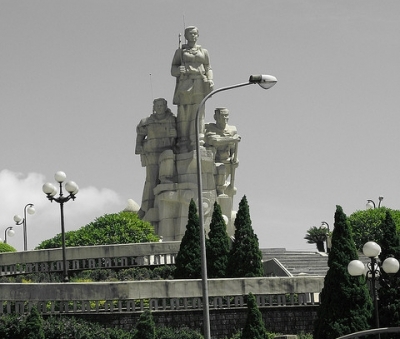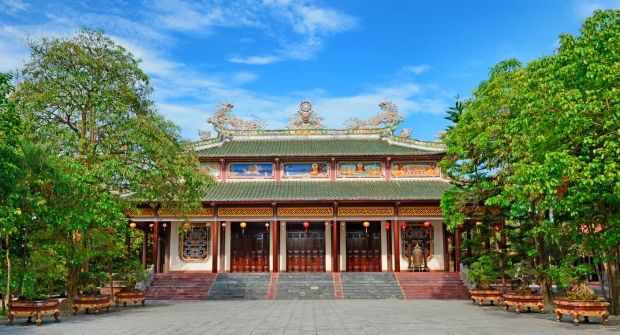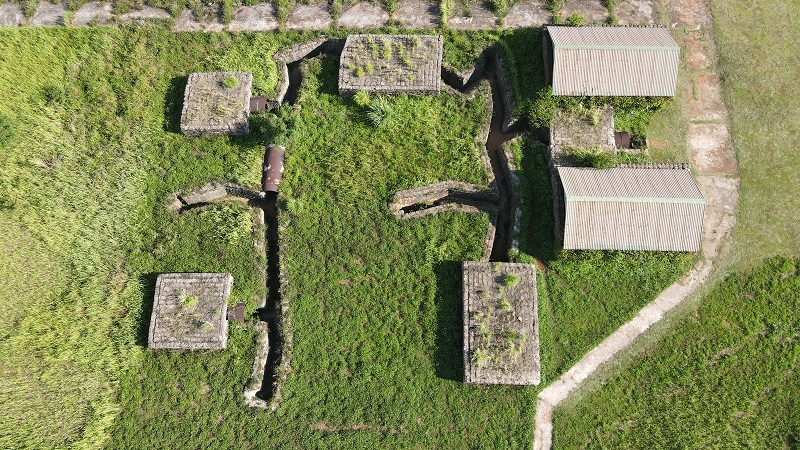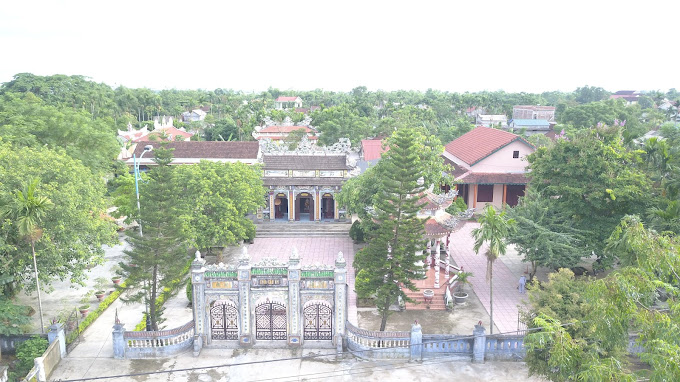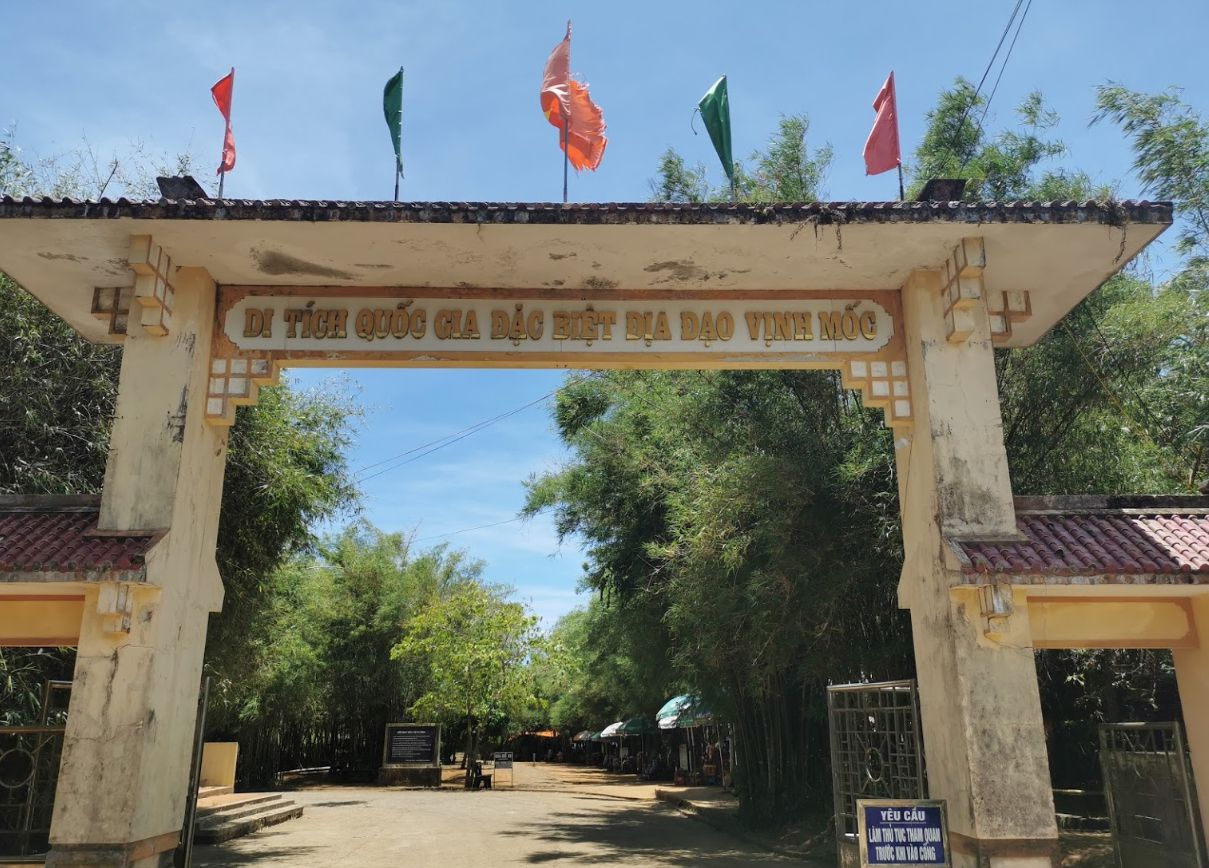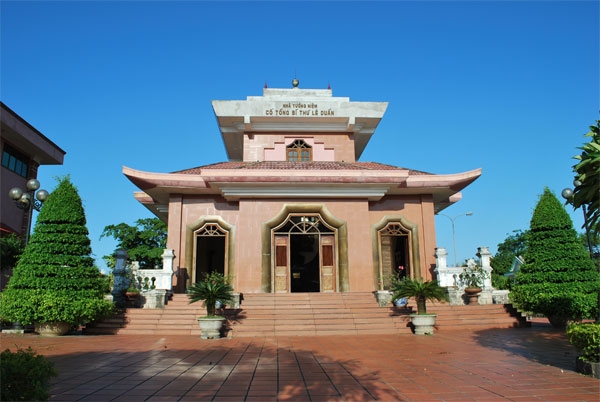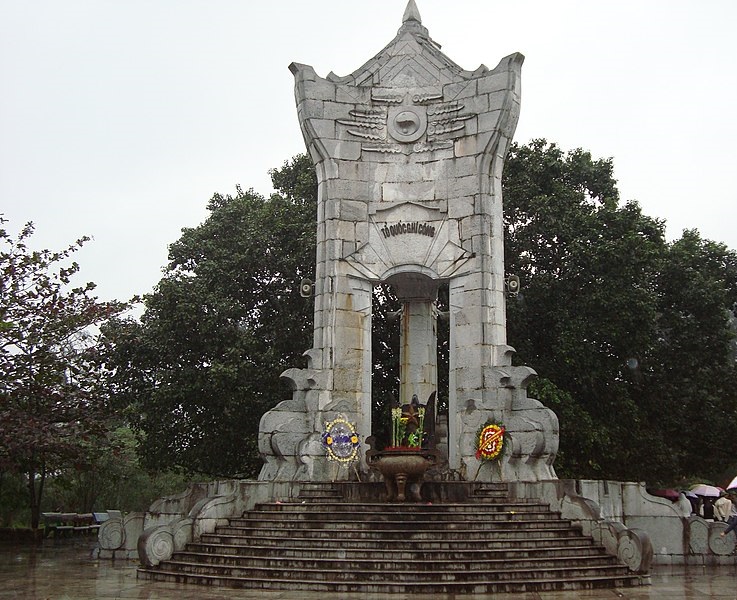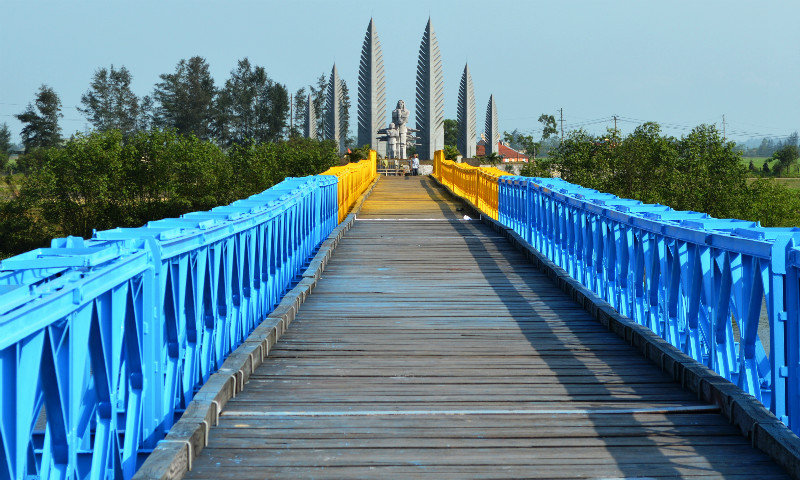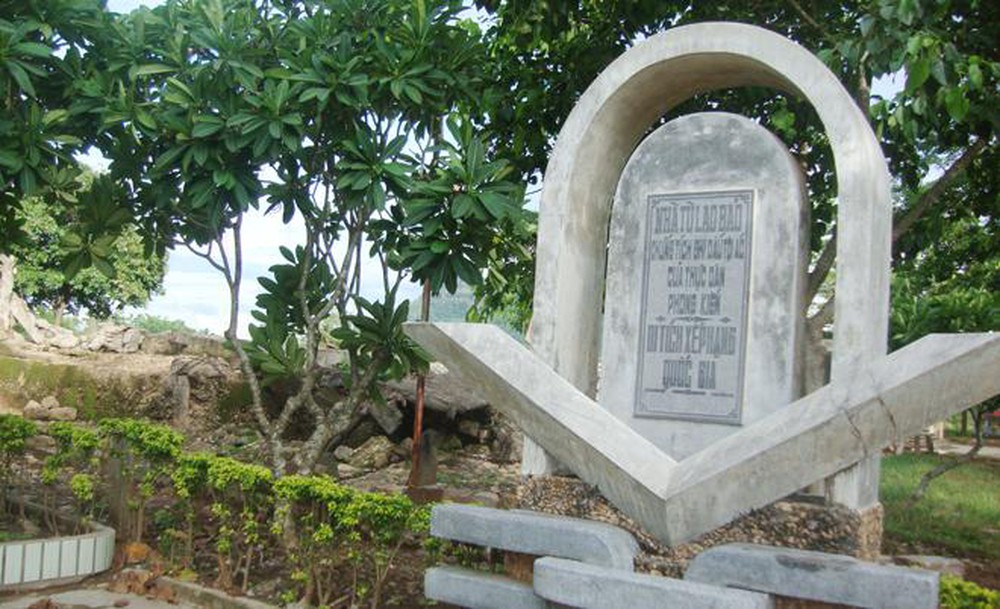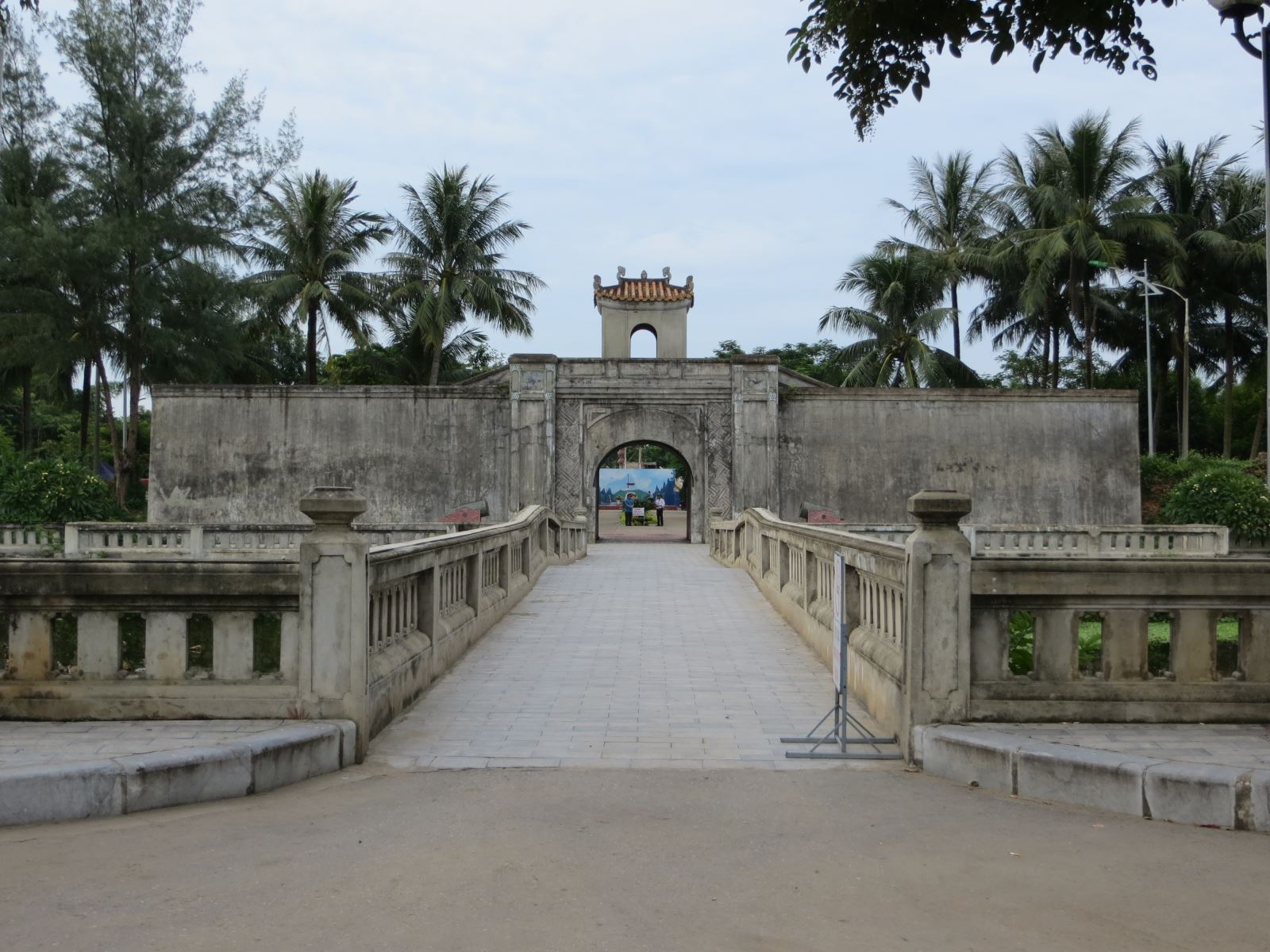La Vang is a famous place in Quang Tri, a familiar place to all Catholics in Vietnam. This is also a place that retains traces of history and is the largest Catholic pilgrimage center in the country. La Vang, full name is Our Lady of La Vang Pilgrimage Center, also known as Our Lady of La Vang Shrine. ), located in Phu Hung village, Hai Phu commune, Hai Lang district, Quang Tri province. There are many explanations for the name La Vang, including two popular explanations, agreed upon by many people and passed down. up to now. One argument says that this is an area with a lot of "La Vang" trees, both for drinking water and for curing diseases. The word La Vang later became popular everywhere, the three stars lost copies and were read left as La Vang. More than two hundred years ago, La Vang was a small land, lost in the middle of the sacred forest, poisonous water, mountains and hills. desolate, few people pass by. According to ancestors, during the terrible persecution in mid-1798, some believers had to find a place to hide. They took refuge in the mountains and forests of La Vang. While hundreds of people gathered to pray and recite prayers under the ancient banyan tree, which is now the location of the Shrine of the Virgin Mary, they saw a beautiful lady wearing a robe, holding a child in her arms. They were comforted and shown how to cut branches and leaves around the place where they were hiding and boil water to drink, which would help them overcome difficult situations and illnesses. She also promised: "From now on, anyone who comes to pray to Mother here will receive Mother's grace and support." Since then, the event of the Virgin Mary appearing in the mountains and forests of La Vang has been spread everywhere through generations. And after many changes in times, after many constructions, in 1961, La Vang church Vang has been made a "National Shrine dedicated to the Immaculate Heart of Mary" and La Vang Sanctuary is a "National Marian Center". After more than two hundred years, La Vang has now become a famous landmark and the largest Catholic pilgrimage center in the country. Through a long history of construction and development, La Vang today is a large pilgrimage center, located on an area of 190,106 square meters, divided into many subdivisions with different functions, many of which have not yet been implemented. As a tourist, when coming to La Vang, three works will catch your eye and attract you from the moment you arrive, including: The ancient bell tower is the remaining relic of the old Basilica. The old cathedral was built in 1925, inaugurated in 1928 and elevated to a basilica in 1961. During the war, the cathedral was destroyed by bombs and bullets in 1972. After 44 years of existence. Currently, only the bell tower remains of the cathedral and has been preserved as a historical relic to this day. Traces of time and bombs are still imprinted on the monument. Along with the new Basilica under construction, depending on the angle of view, you will easily feel the interference between old and new, of continued tradition, of Asian architectural features, boldly Vietnamese. South of the relics and all the works behind the ancient bell tower. La Vang Basilica was started in 2013, expected to be completed in 2020. However, due to the impact of the epidemic, the project is still ongoing. in the finishing process. The Basilica of Our Lady of La Vang was built on an area of 13,464 square meters. 140m long in North-South direction, 104m wide in East-West direction with capacity of 5,000 people. This is the largest construction project of the Vietnamese Catholic Church to date. When you come here, you will clearly feel the Vietnamese architecture of the church. The project is designed in an Asian style, bringing Vietnamese soul through familiar and familiar tiled roofs, sculptural lines and decorative details that bring the breath of Vietnamese tradition and are innovated and simple to create. elegant and timely process. The shrine area of Our Lady of La Vang, simulating the shape of a banyan tree, is a structure built at the location where it is said that the Virgin Mary appeared in the past, on the grass, under the banyan tree. This is also where the statue of Our Lady of La Vang is located and where pilgrims come to pray. The project was built in 1963, based on the project of architect Ngo Viet Thu (who designed the Independence Palace), however Only the rough parts have been completed due to war and chaos. By 2008, "Three artificial banyan trees" were officially completed with artistic styling, like real banyan trees. In addition to the three points above, La Vang also has a number of works and relics that you can visit such as ancient wells, reliefs, and sculptures designed to be placed on many paths in the pilgrimage center, or The area is decorated with thanksgiving plaques of those who came here to ask for favors and received them. The main and biggest holiday of the year in La Vang is August 15 every year. This holiday is usually held for 3 days, from August 13 to August 15 every year, with a congress cycle every 3 years. On each of these occasions, hundreds of thousands of people flock to La Vang to attend the ceremony, both Catholics and non-Catholics. So to visit the most convenient way, you can go any day of the year, except for this major holiday, especially if you come to La Vang just for sightseeing purposes. The land of La Vang always has a special place in the hearts of Catholics, coming here you will feel incredible peace. This place is also always willing to welcome any visit with the most complete hospitality.
Quang Tri 934 view From January to August
Ngày cập nhật : 09/12/2024


 vn
vn en
en ja
ja ko
ko zh
zh


















